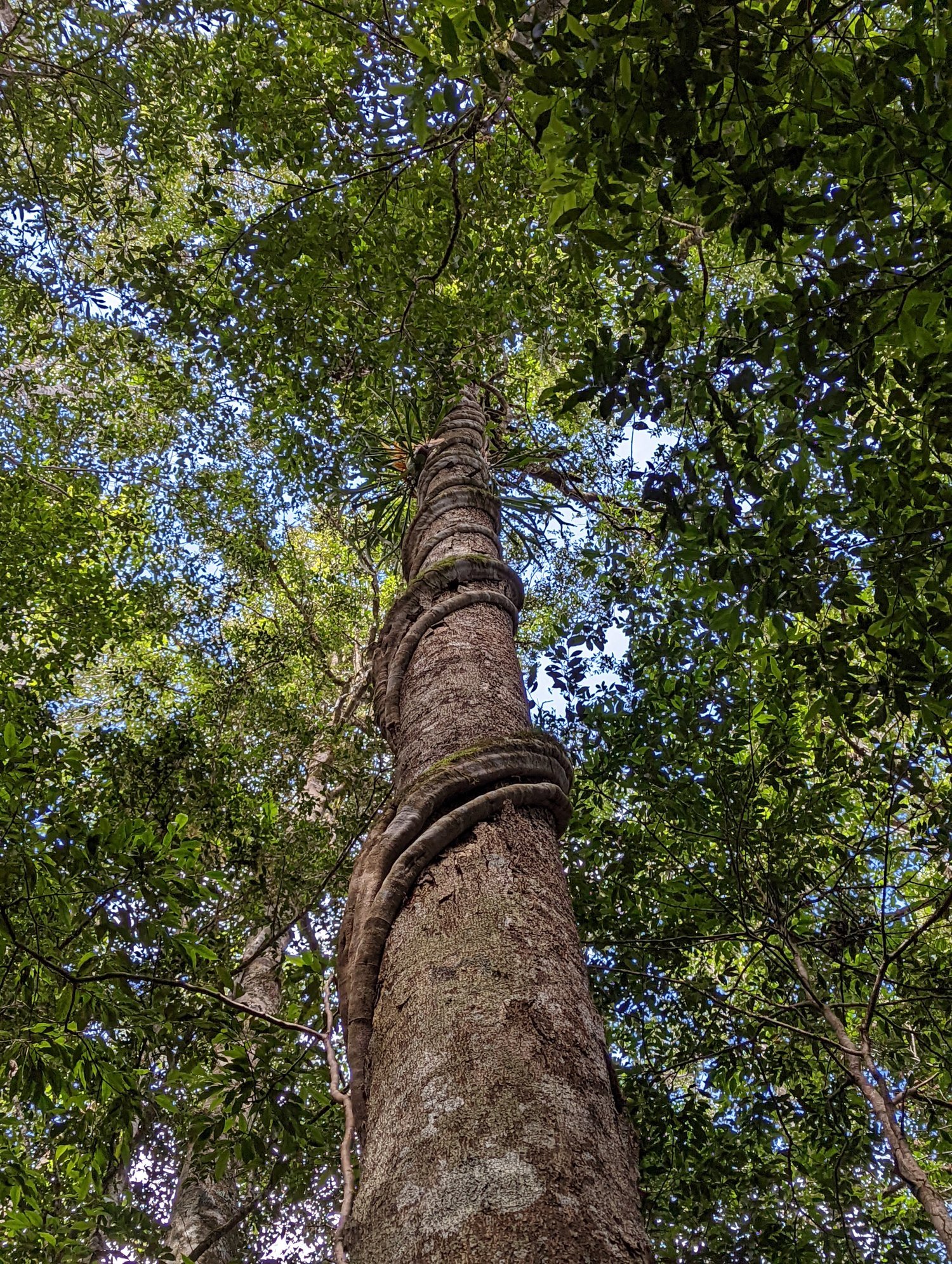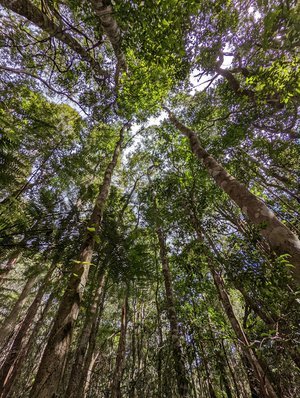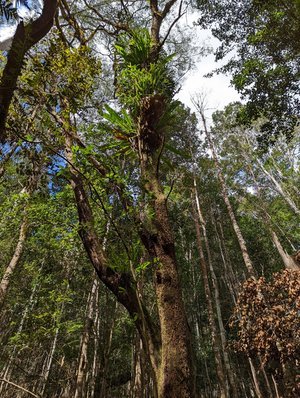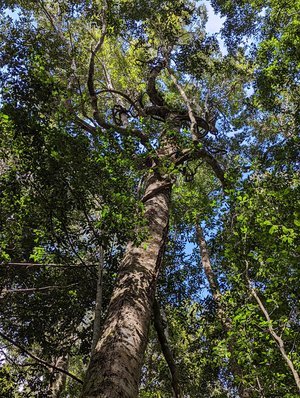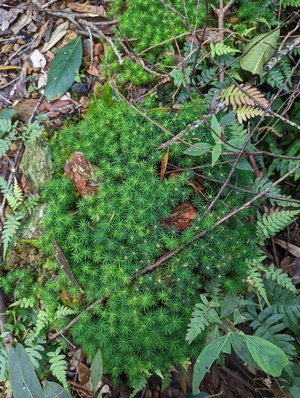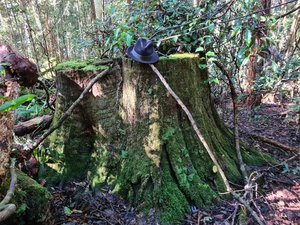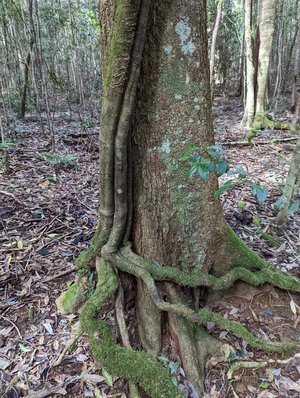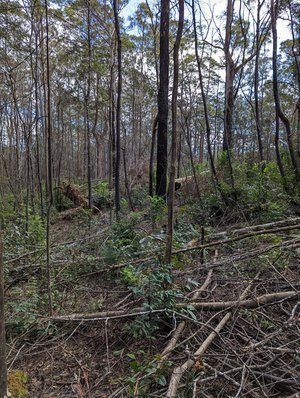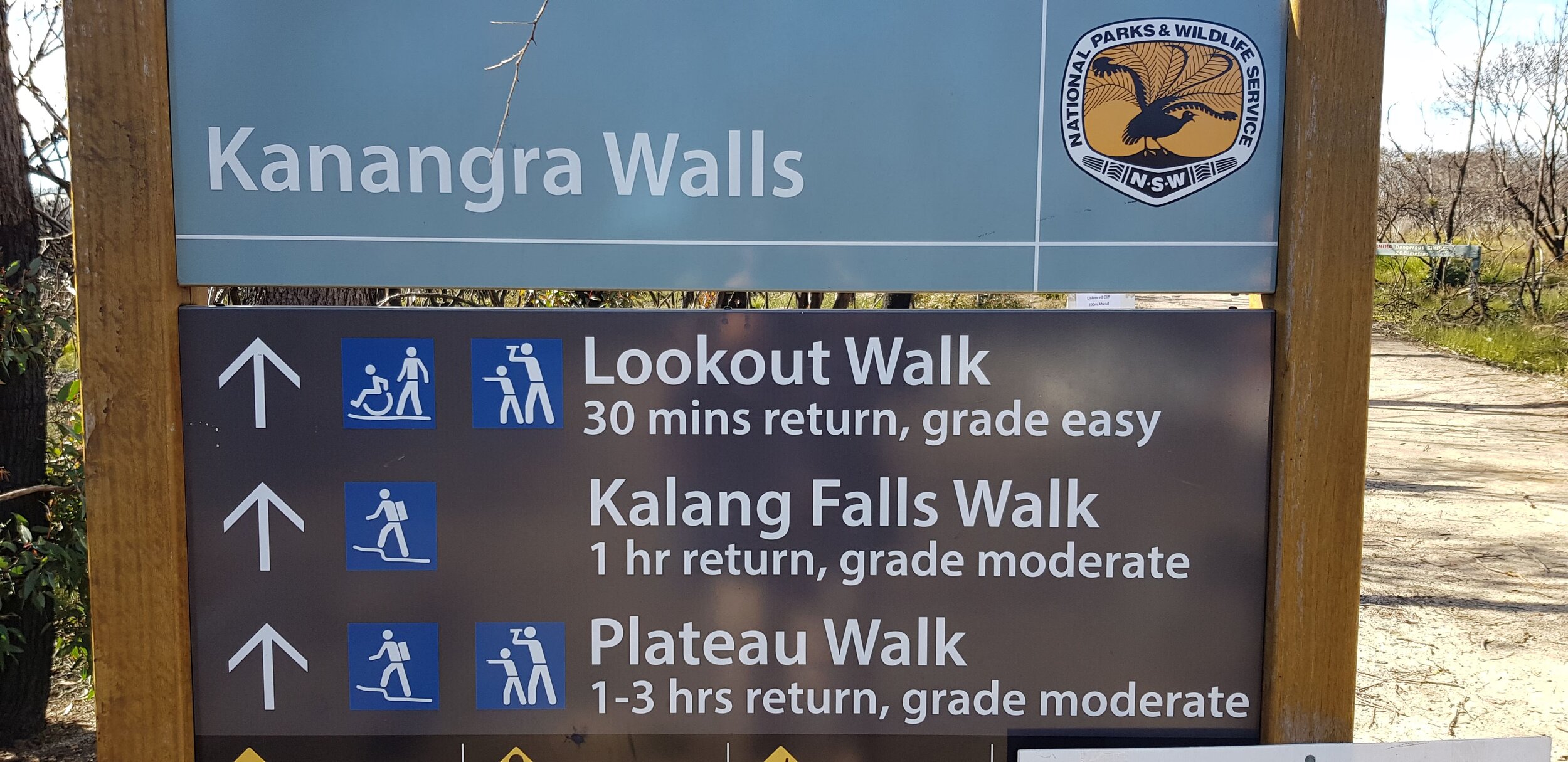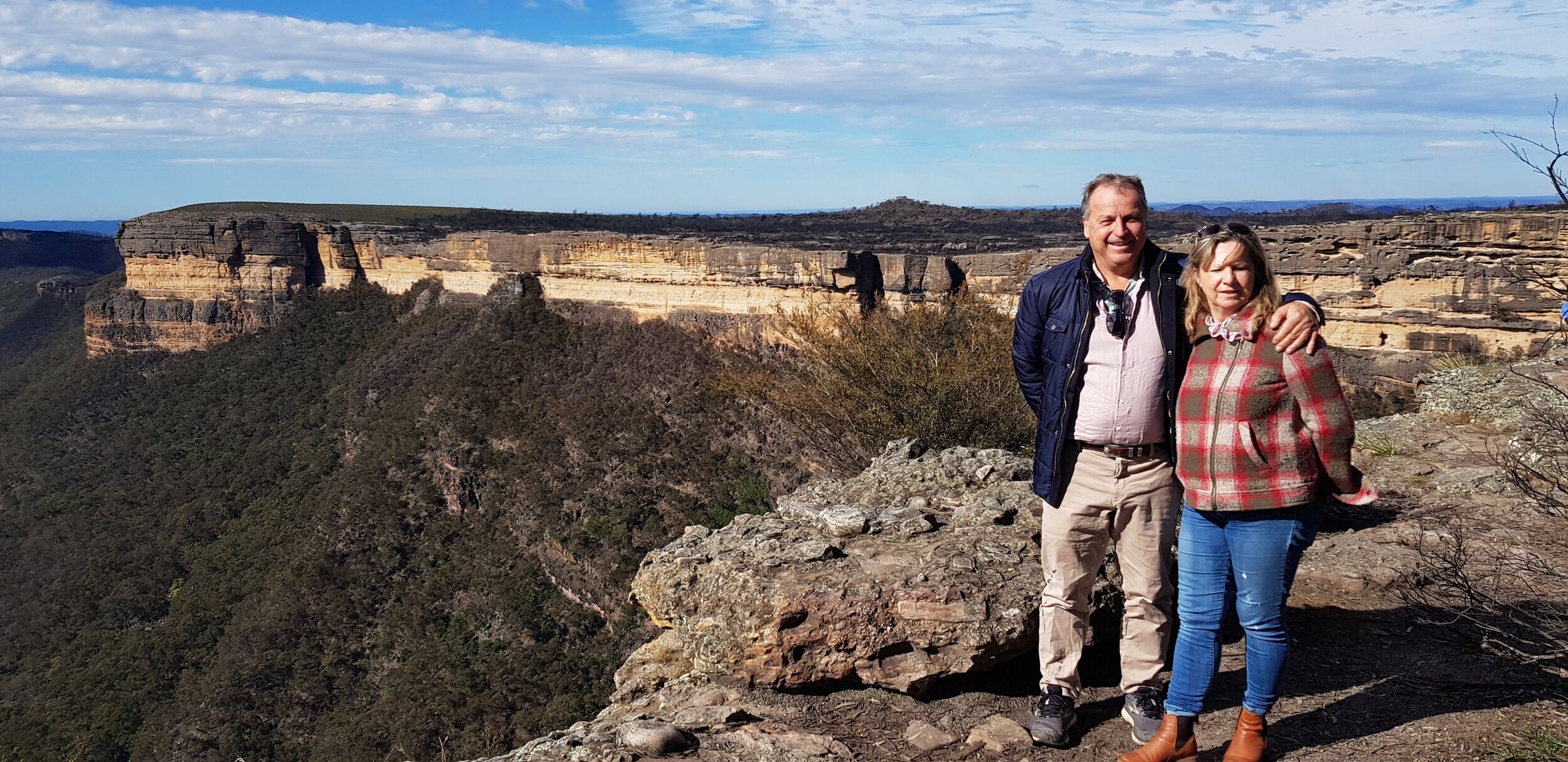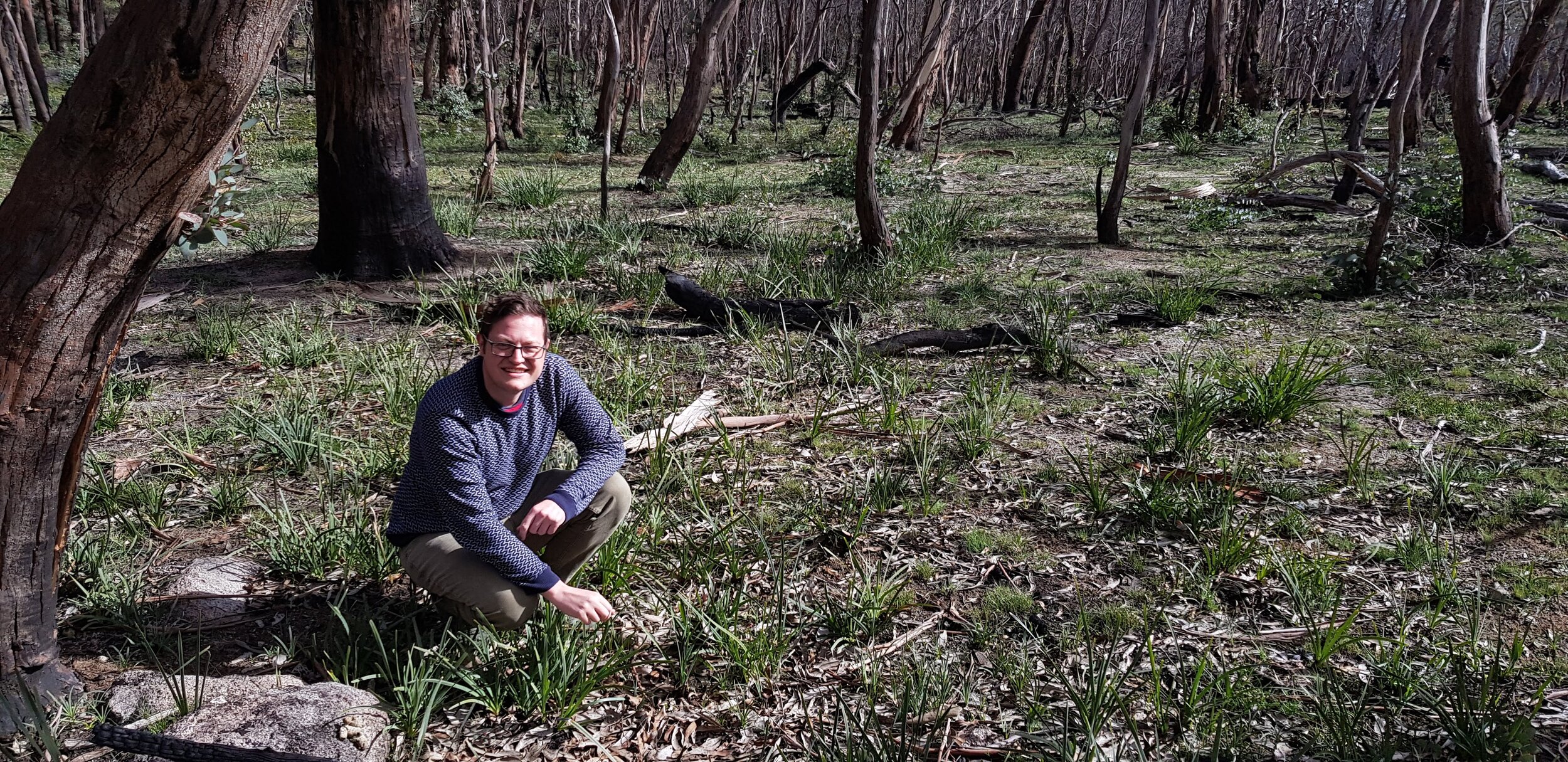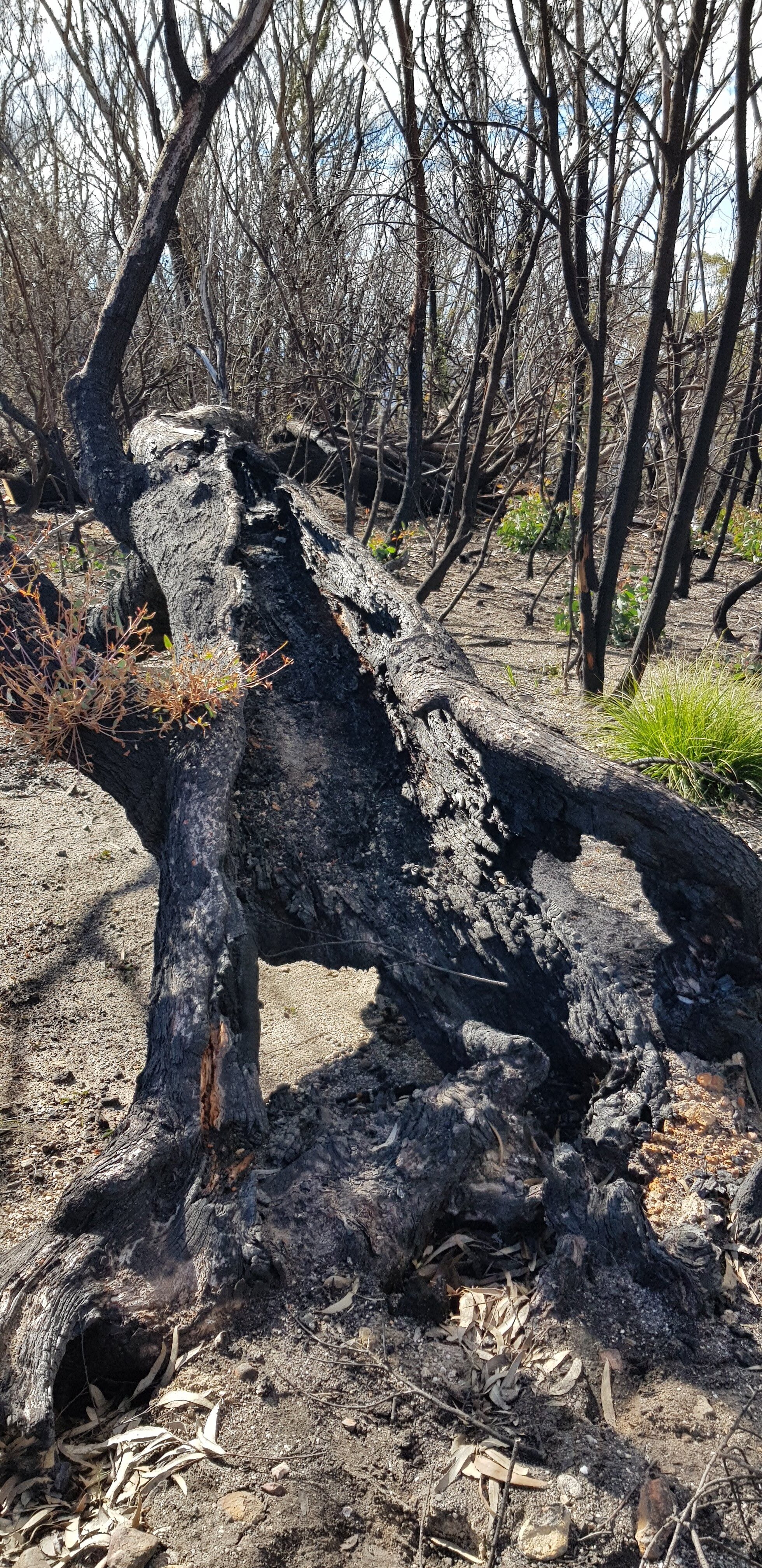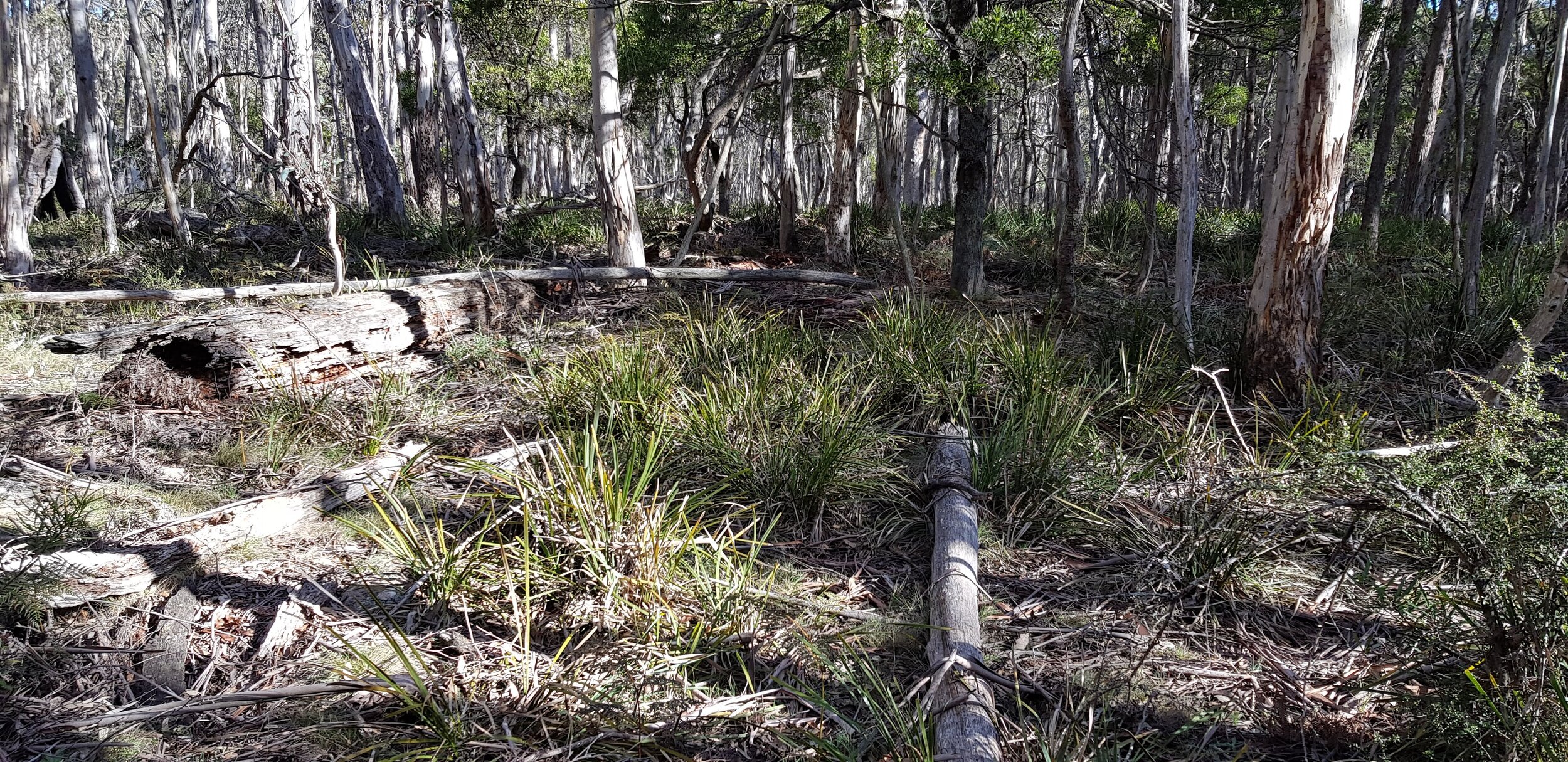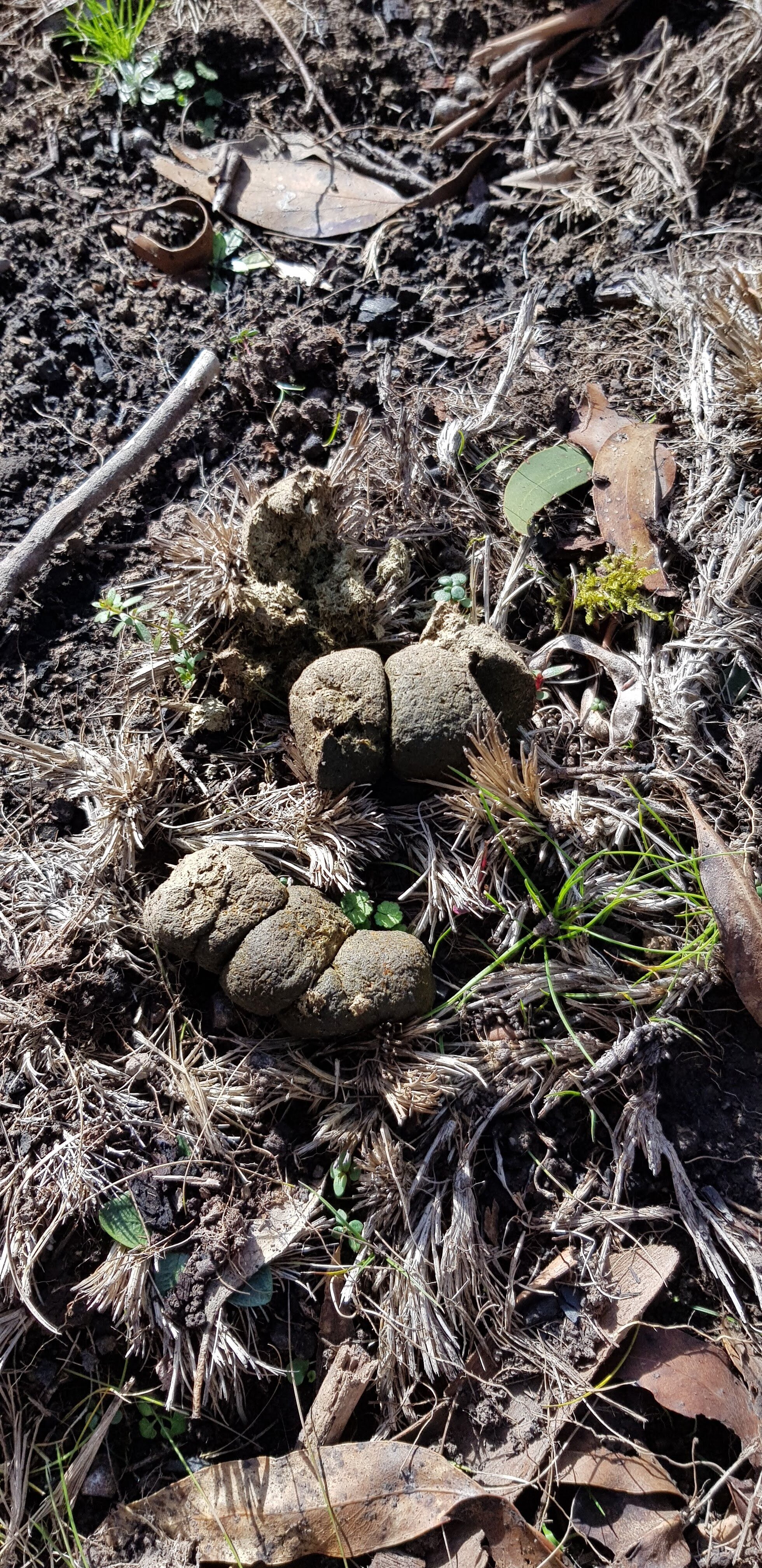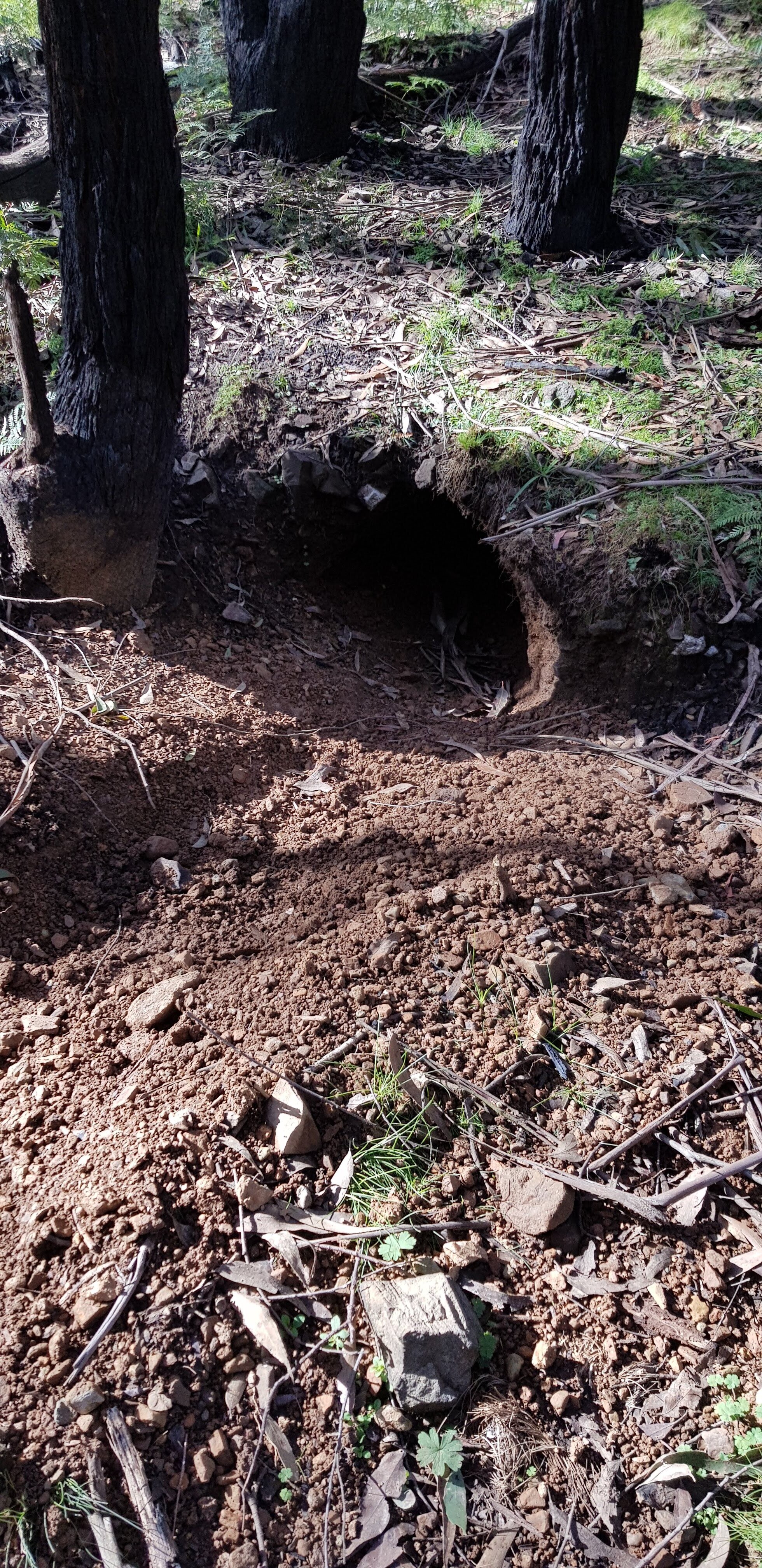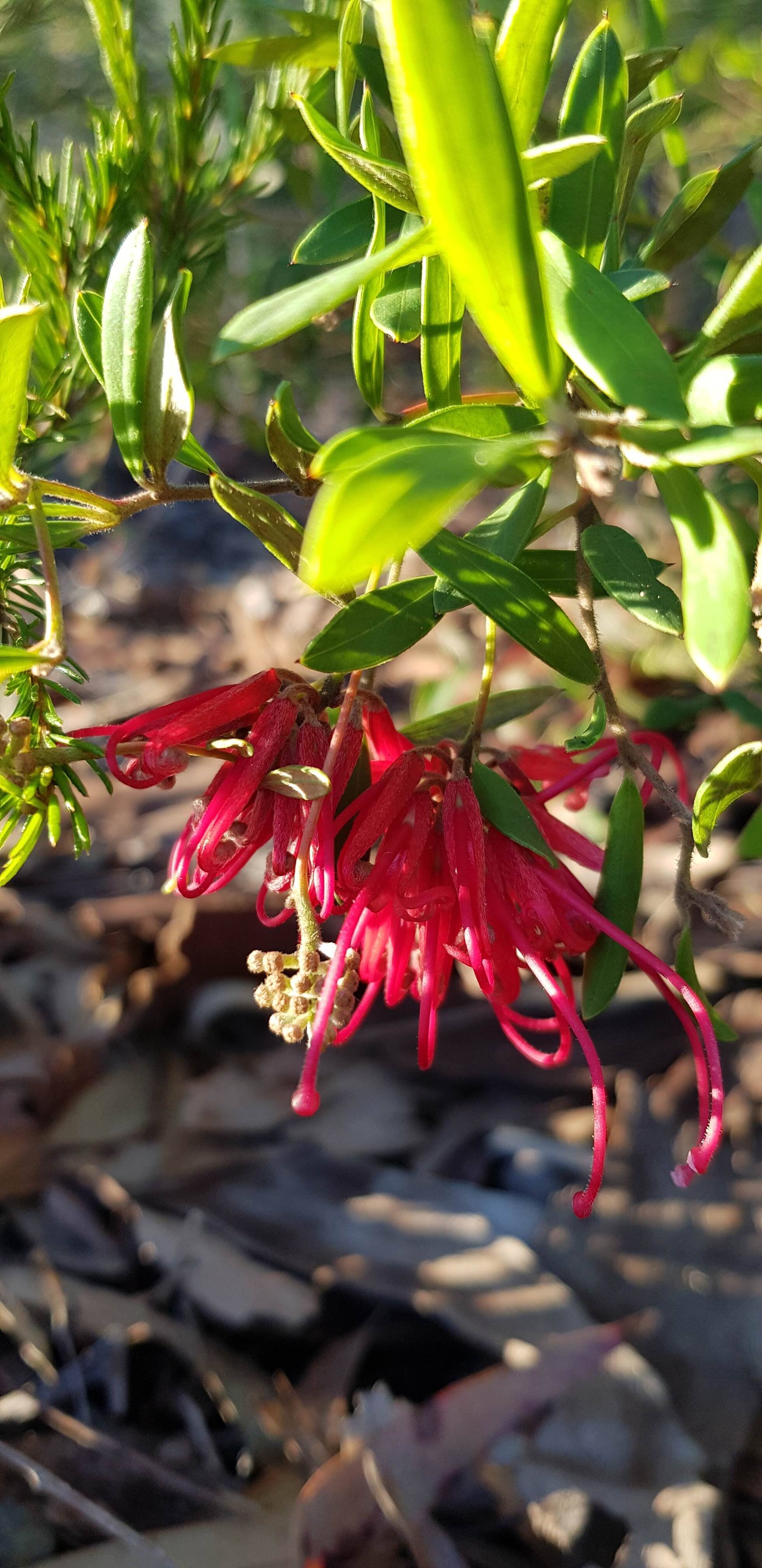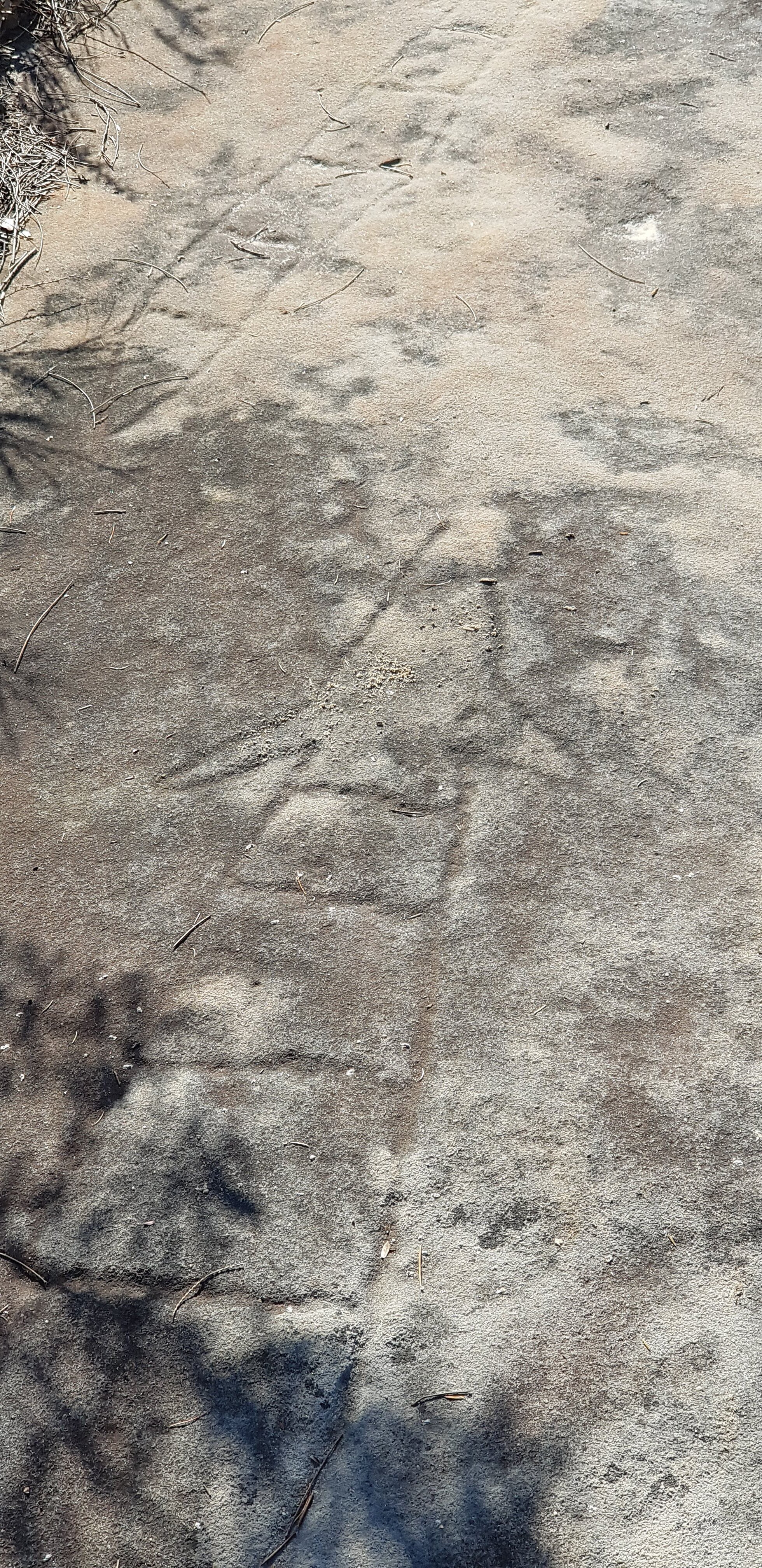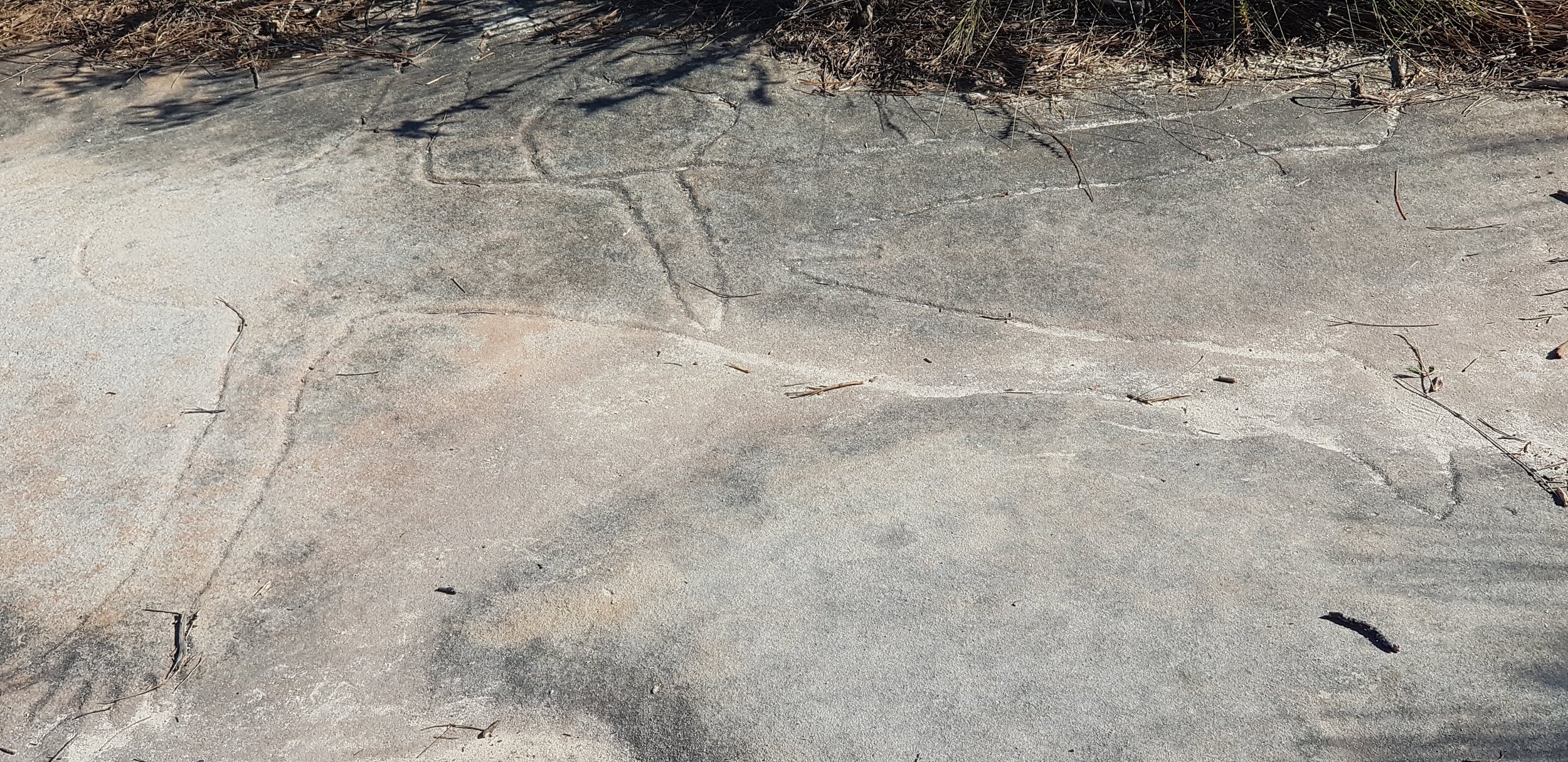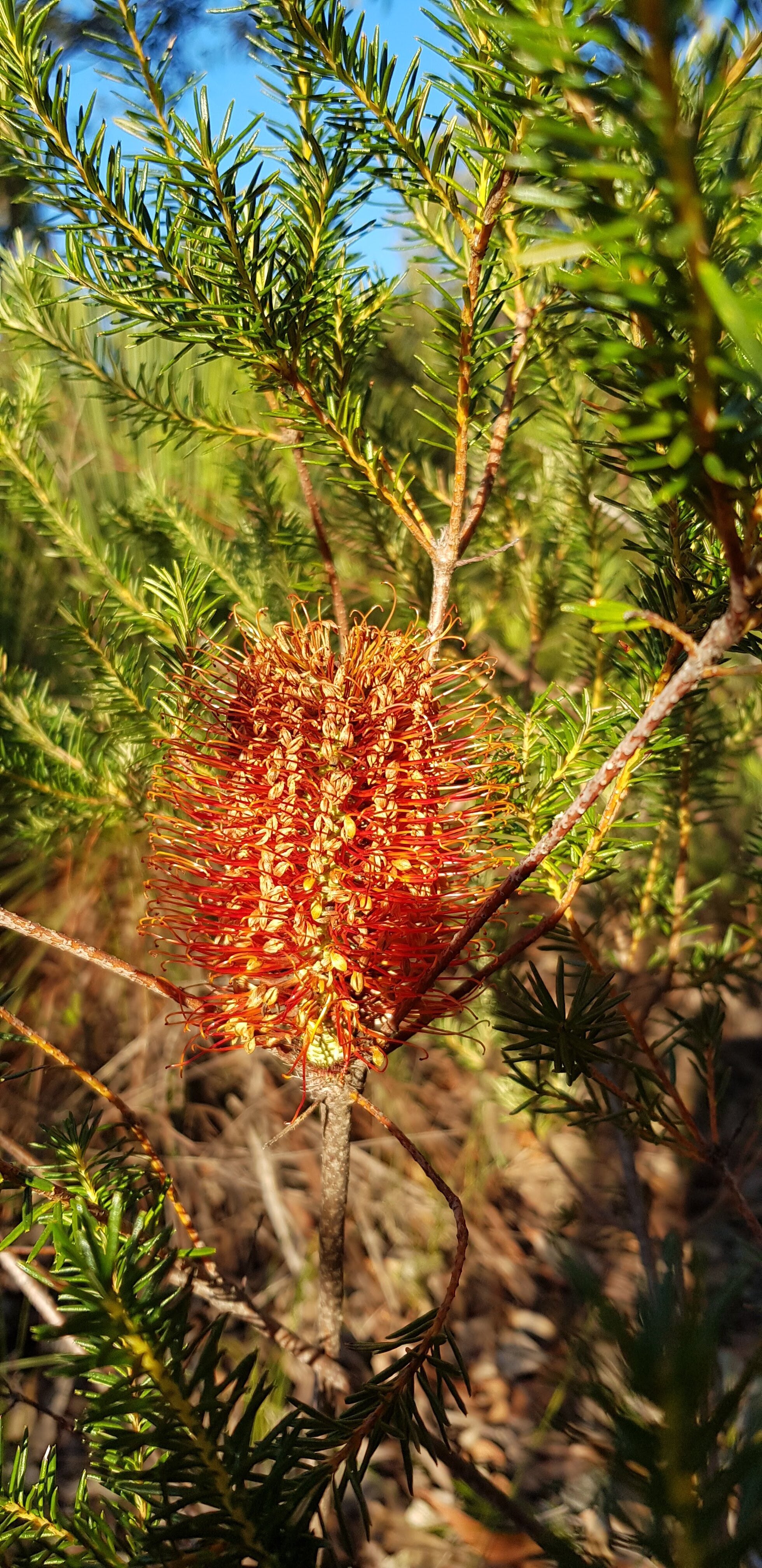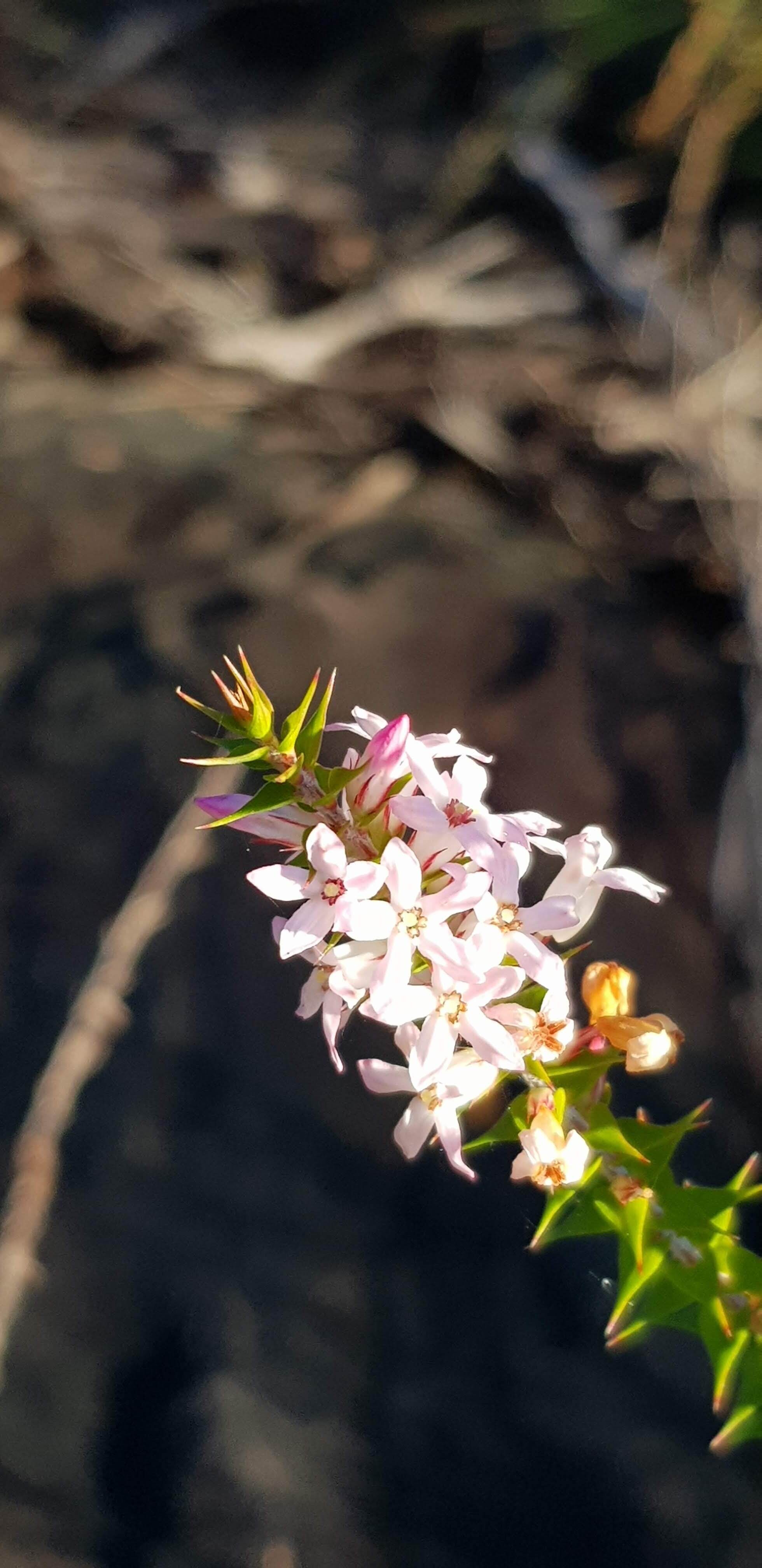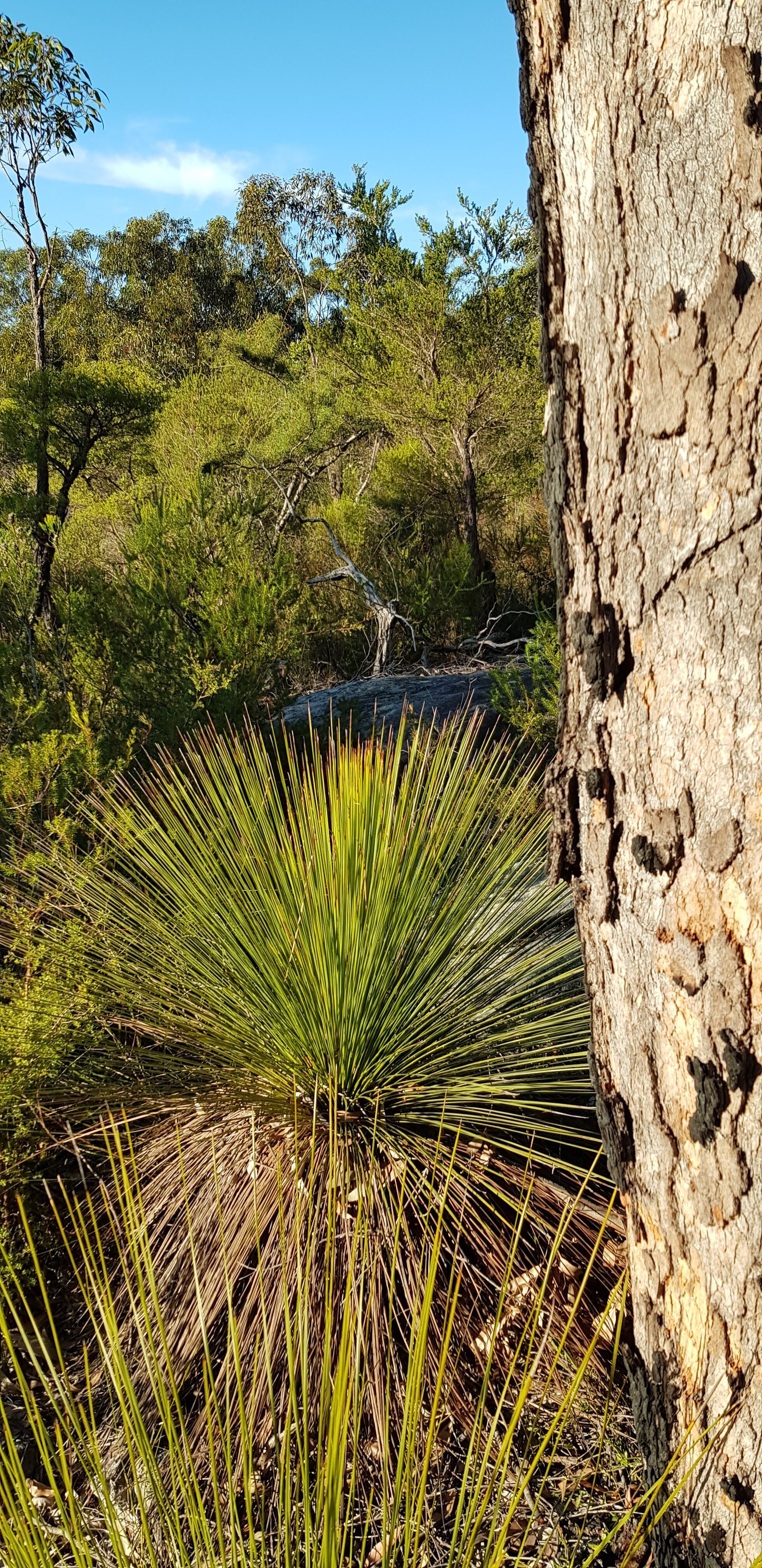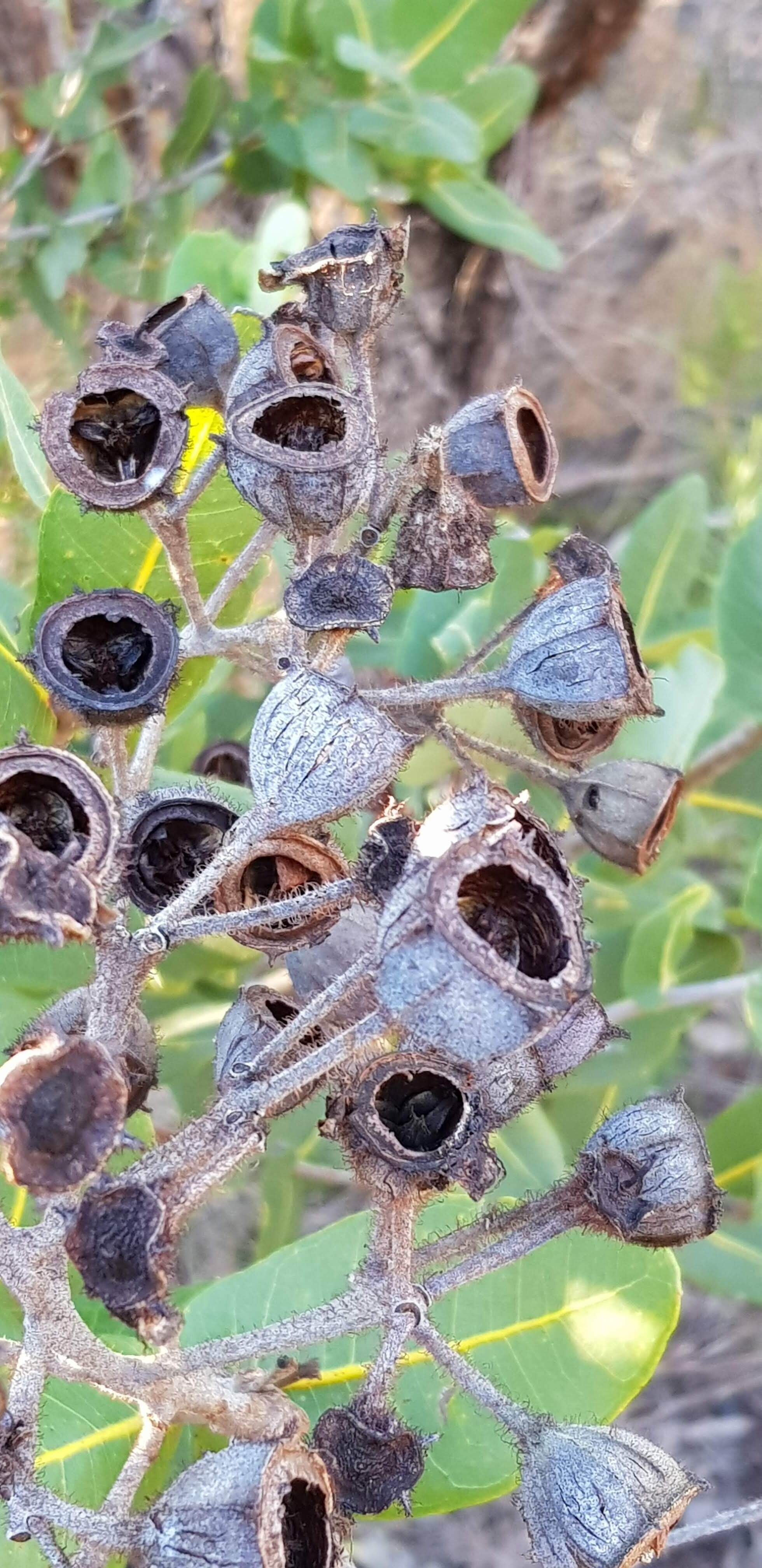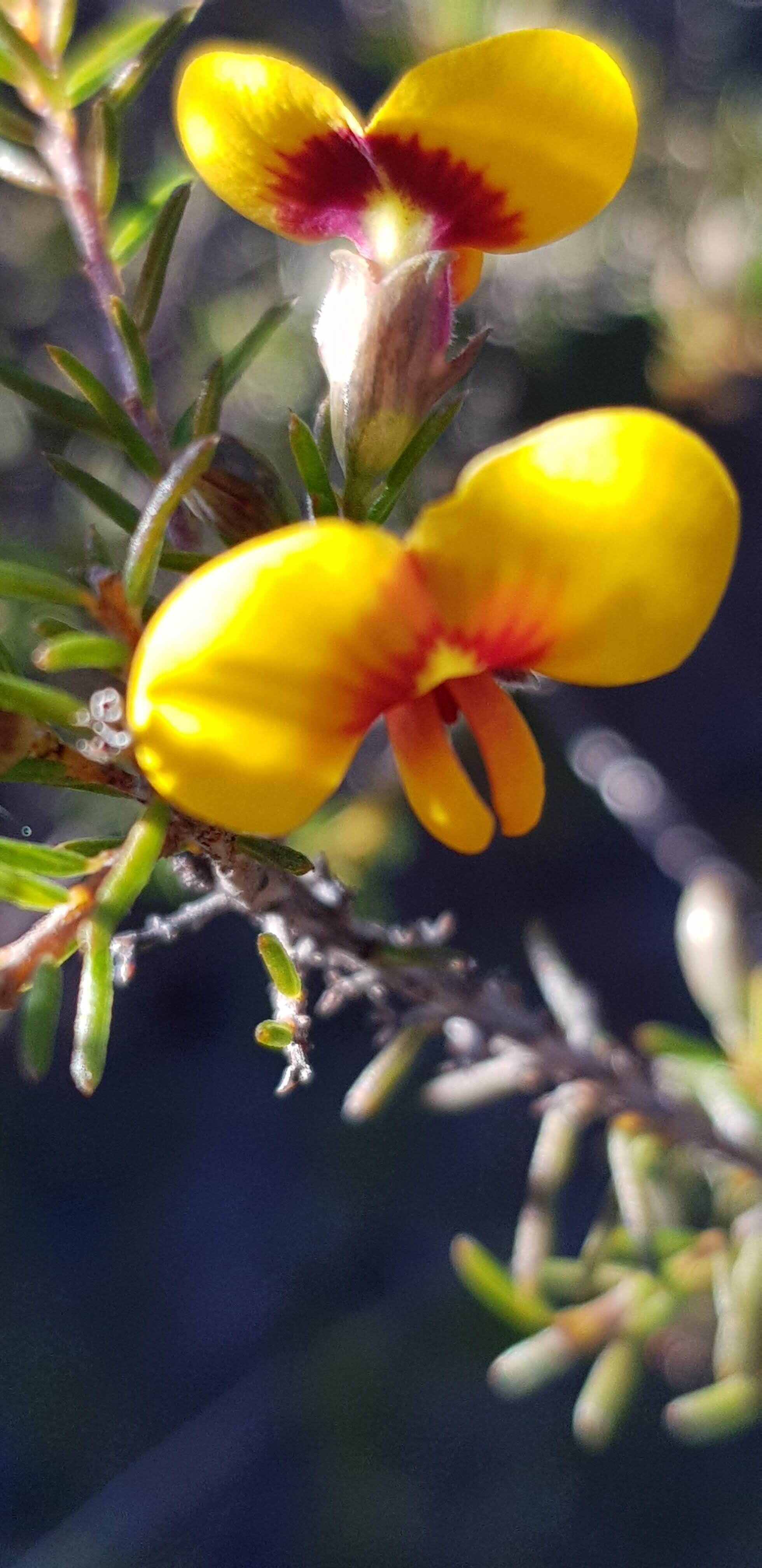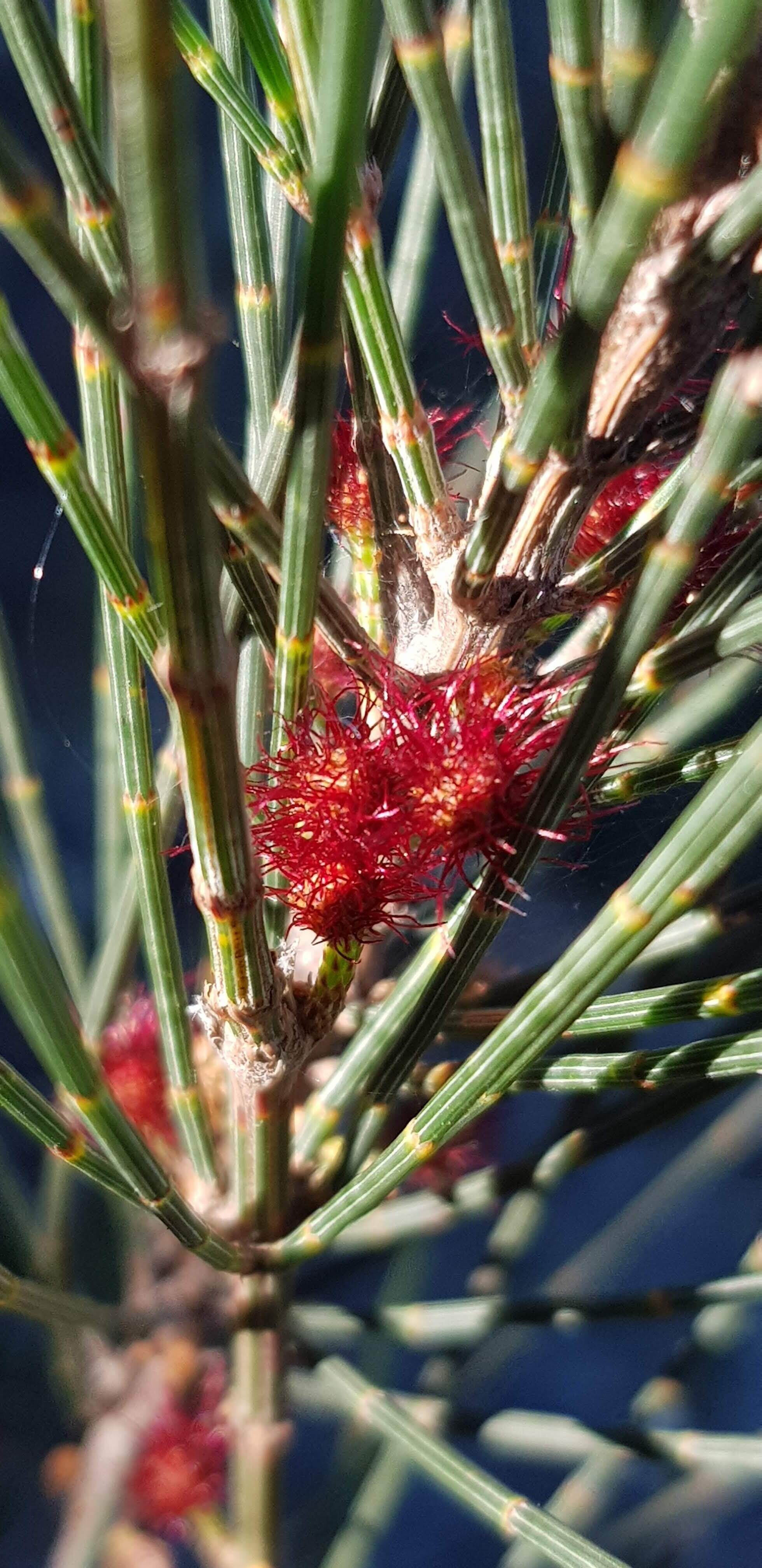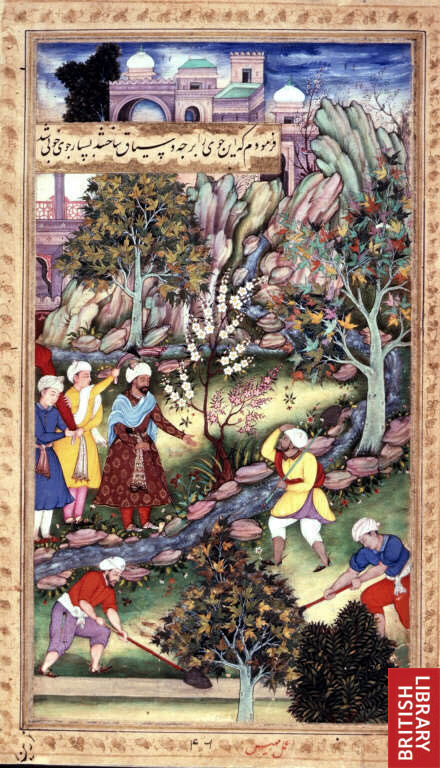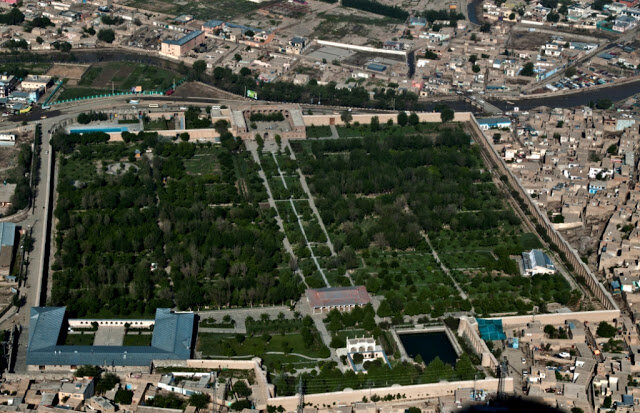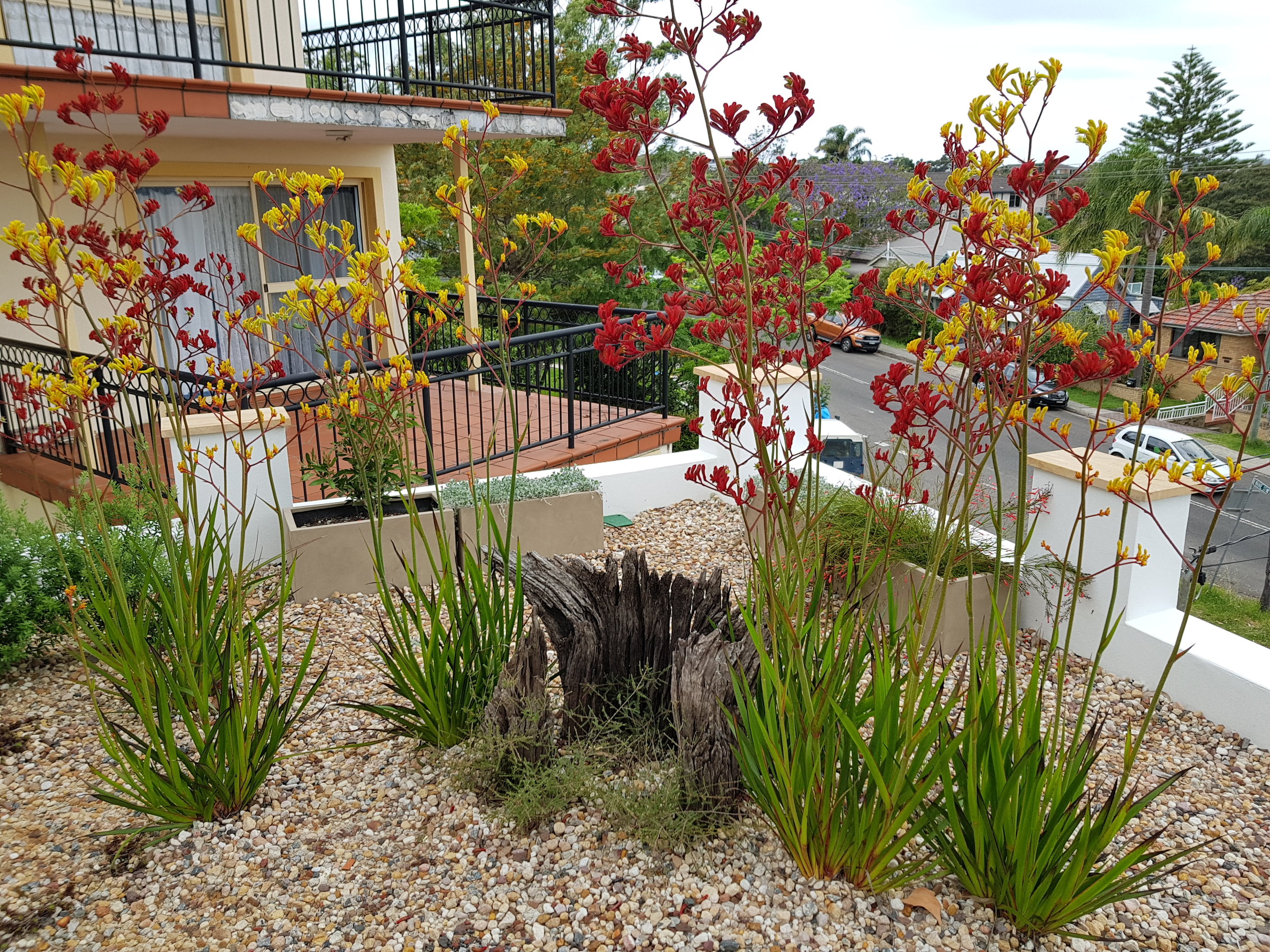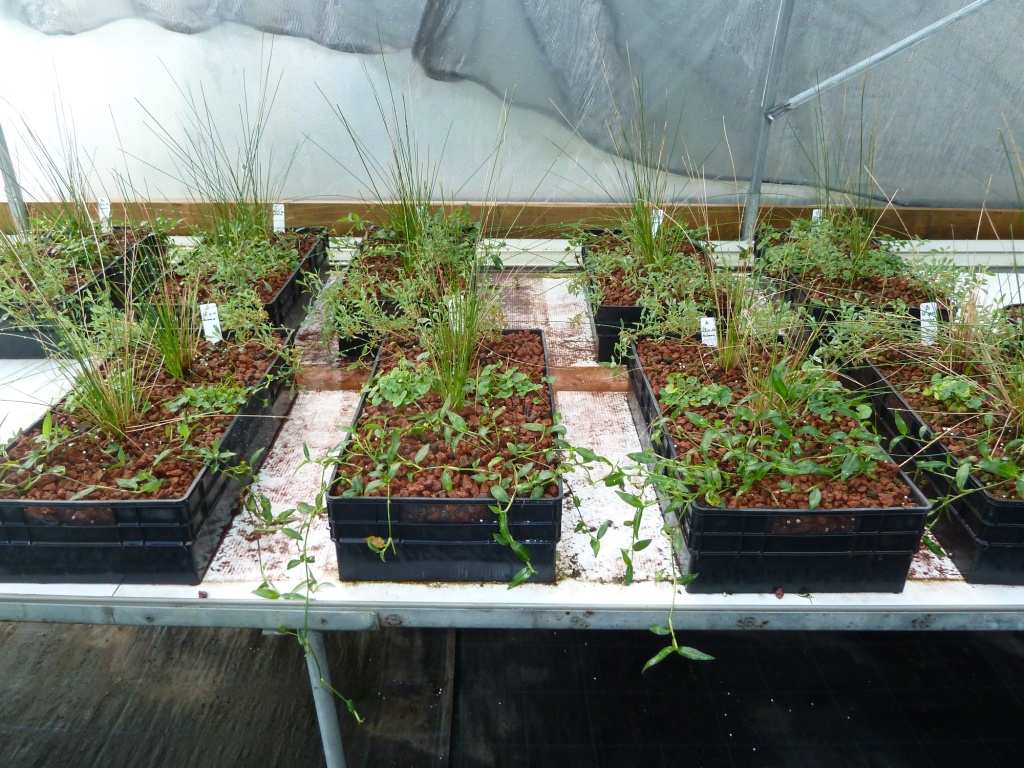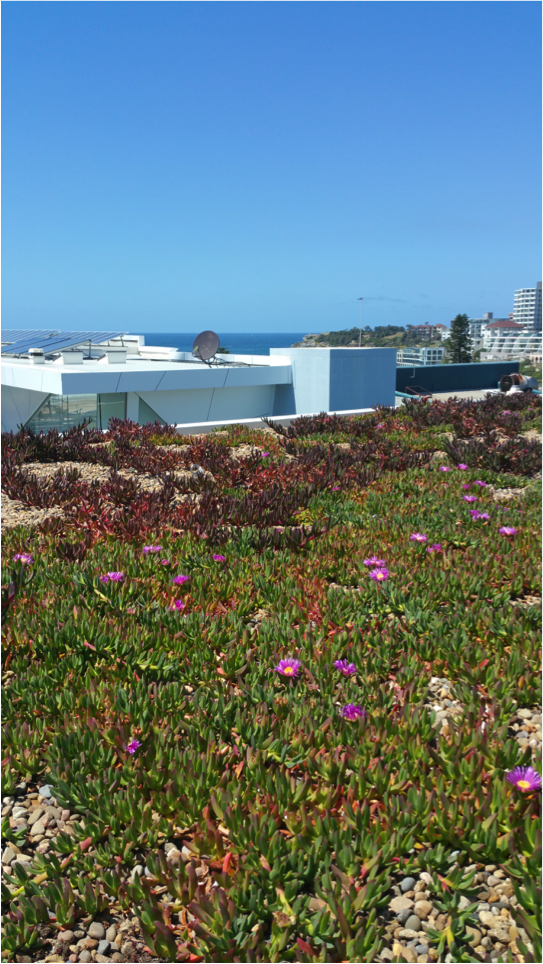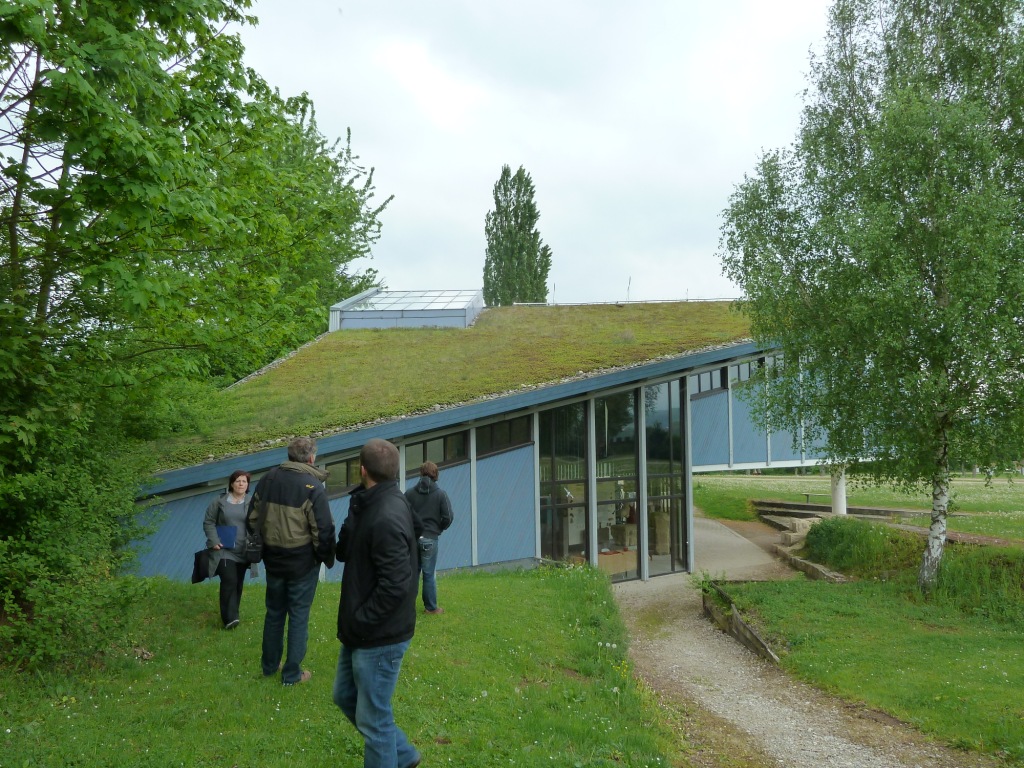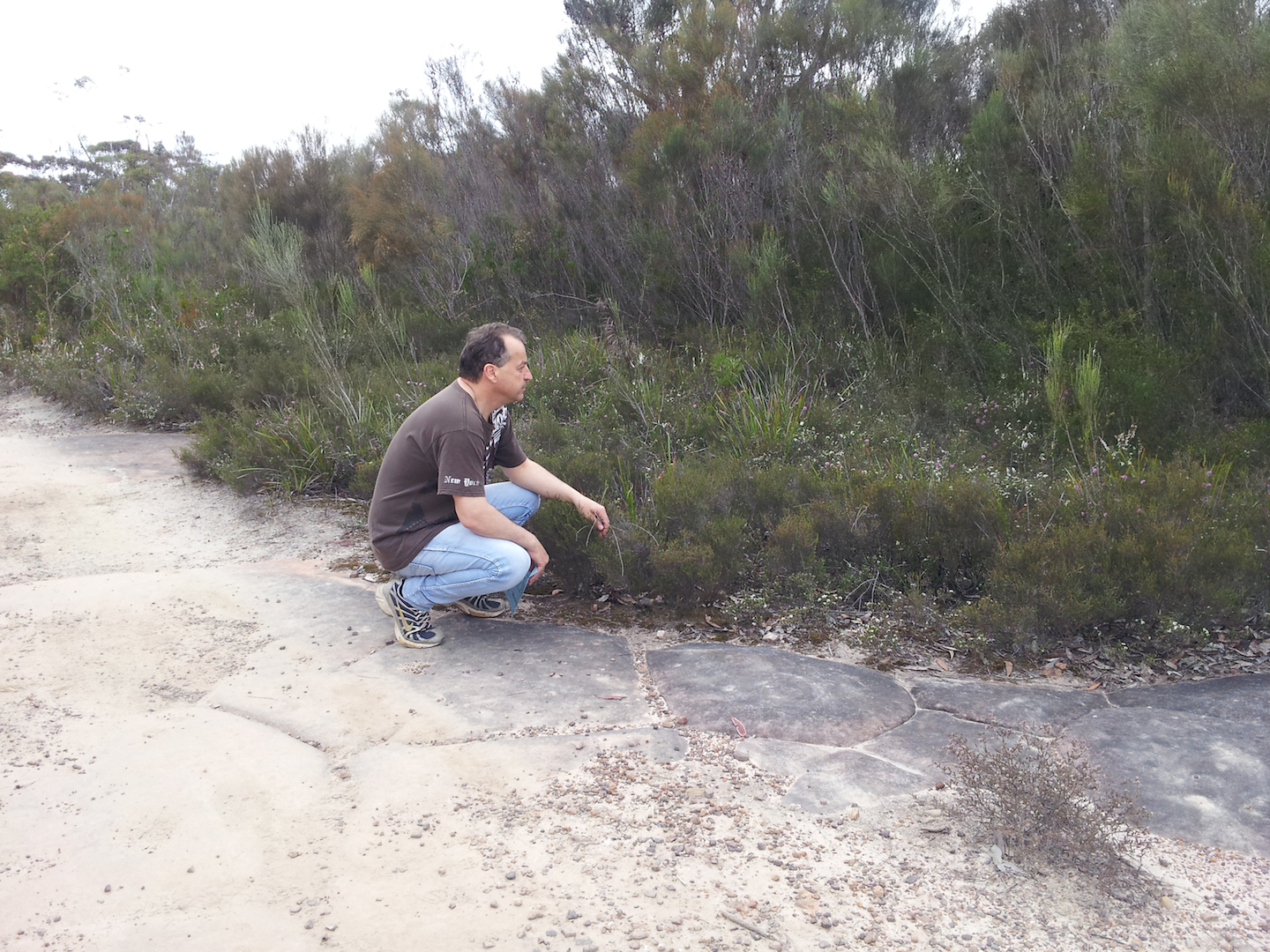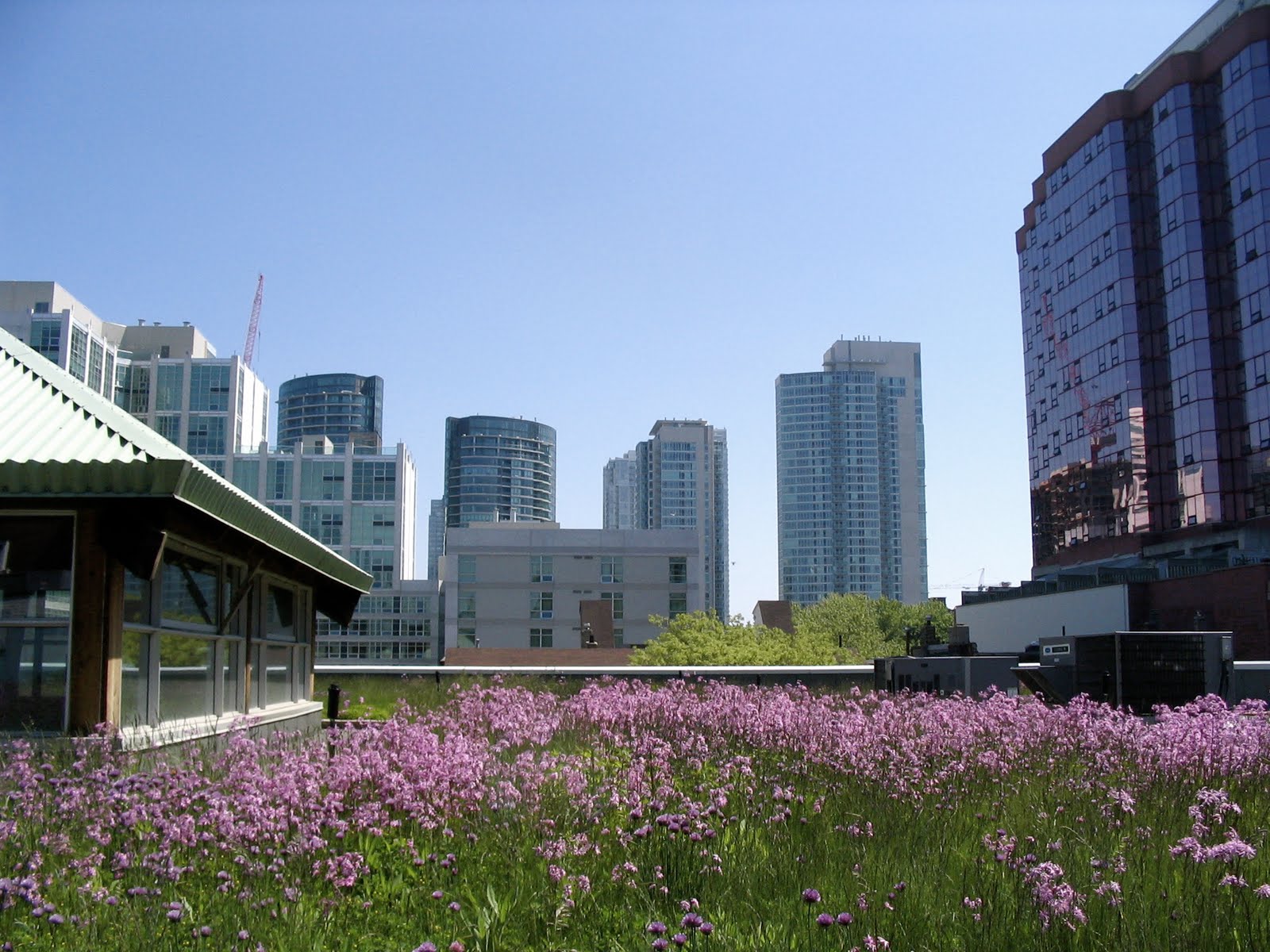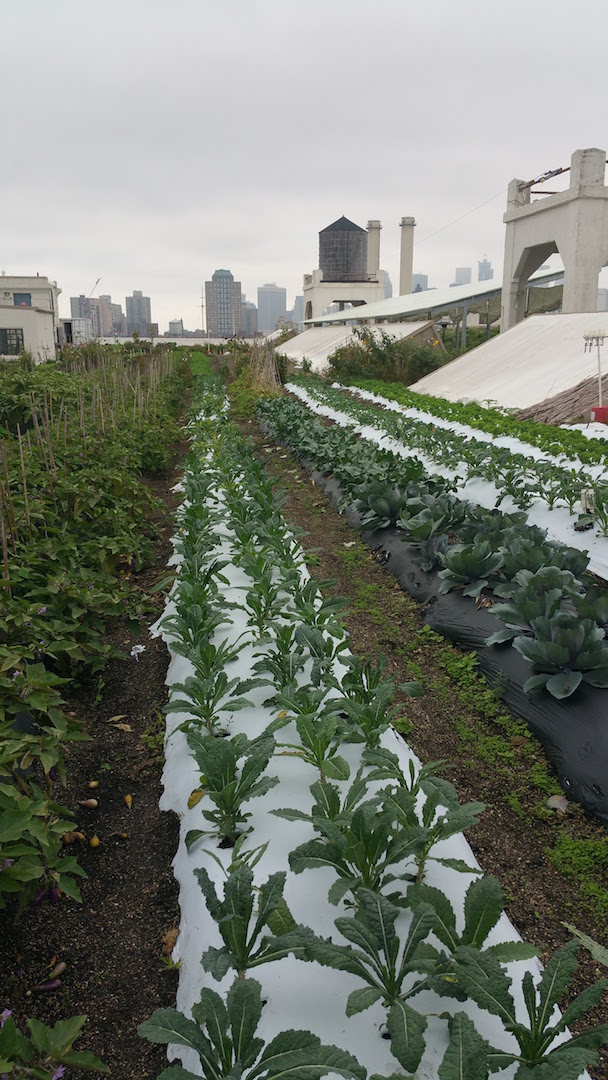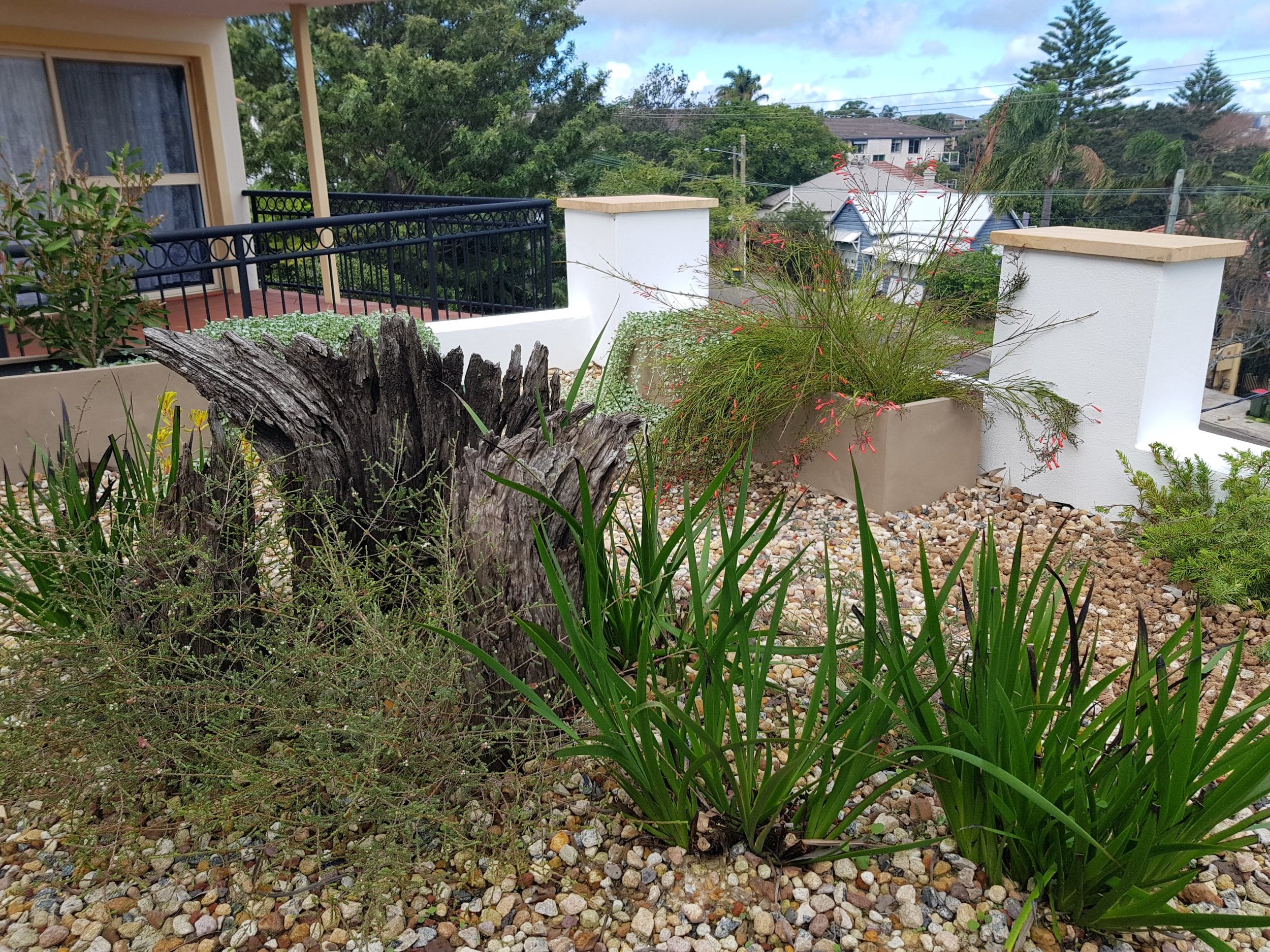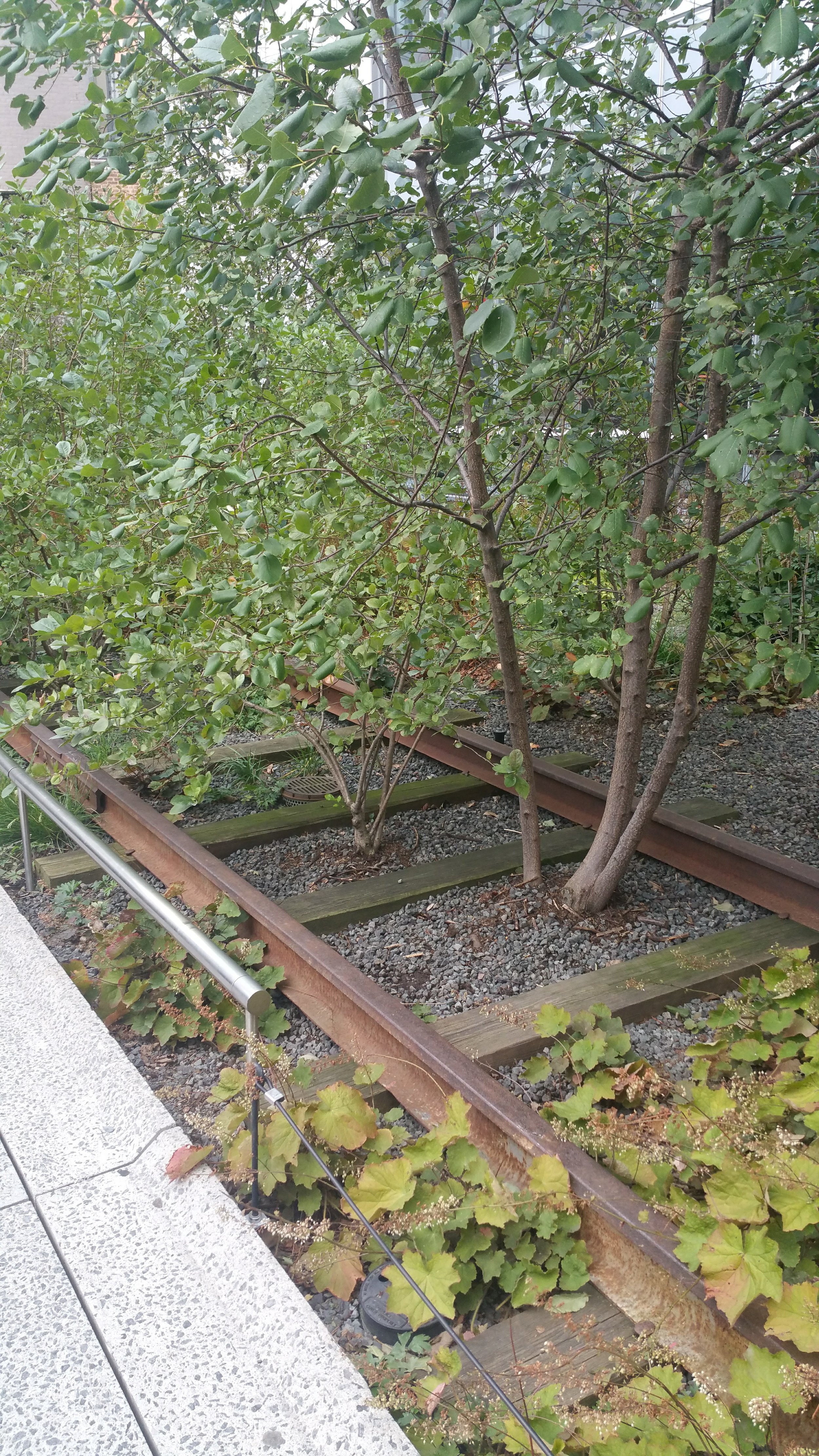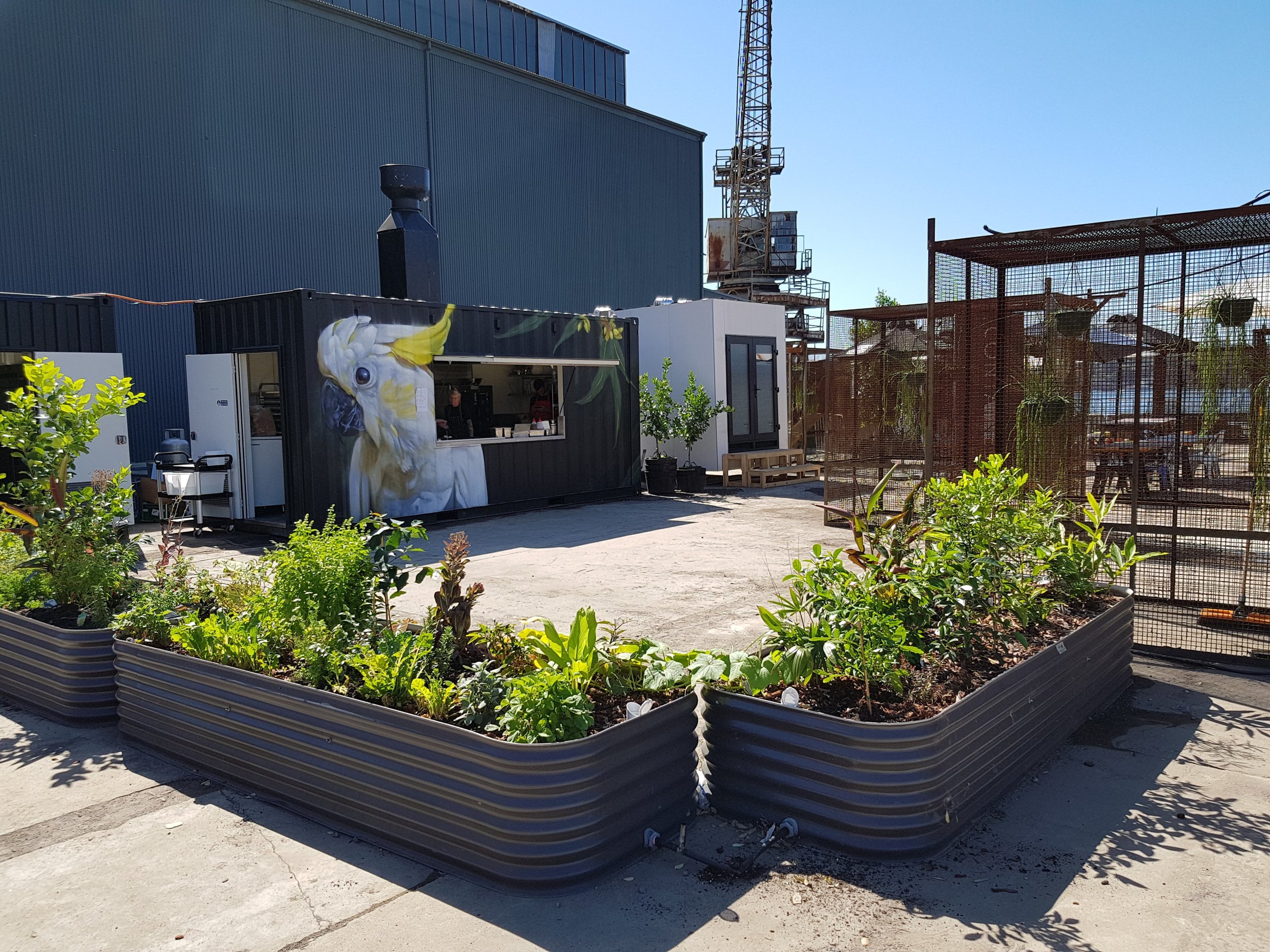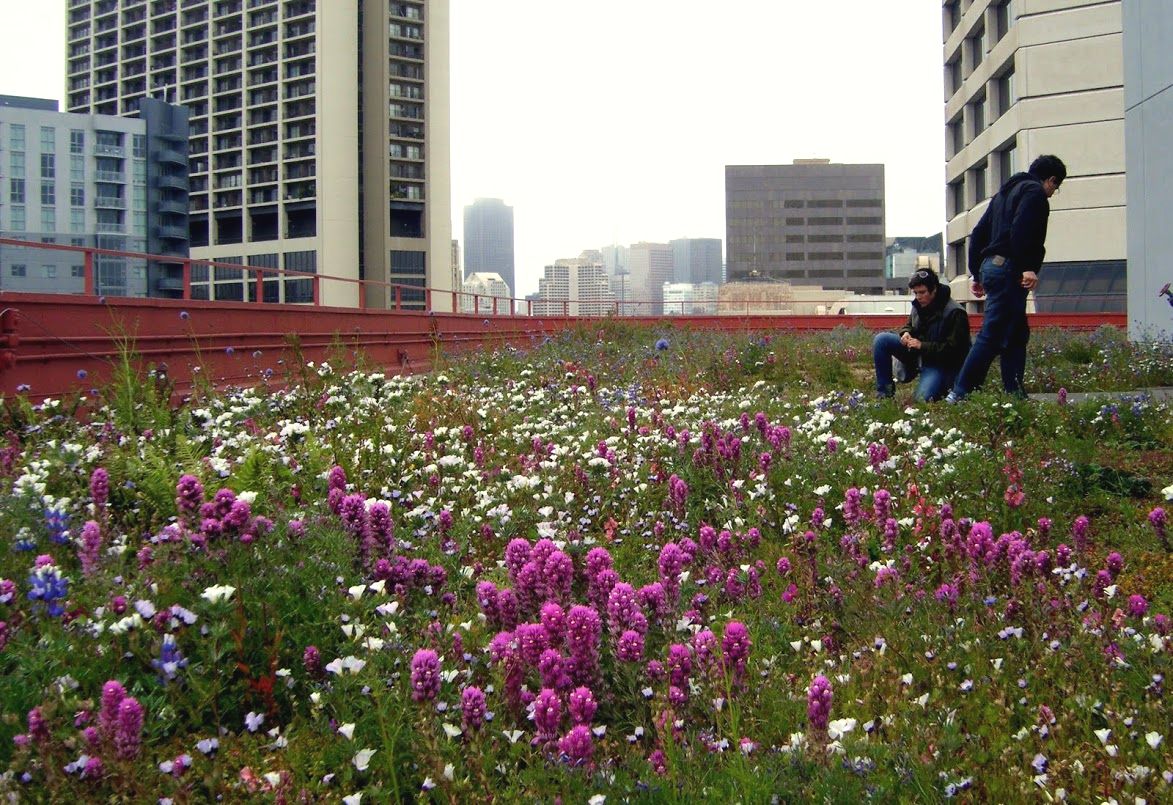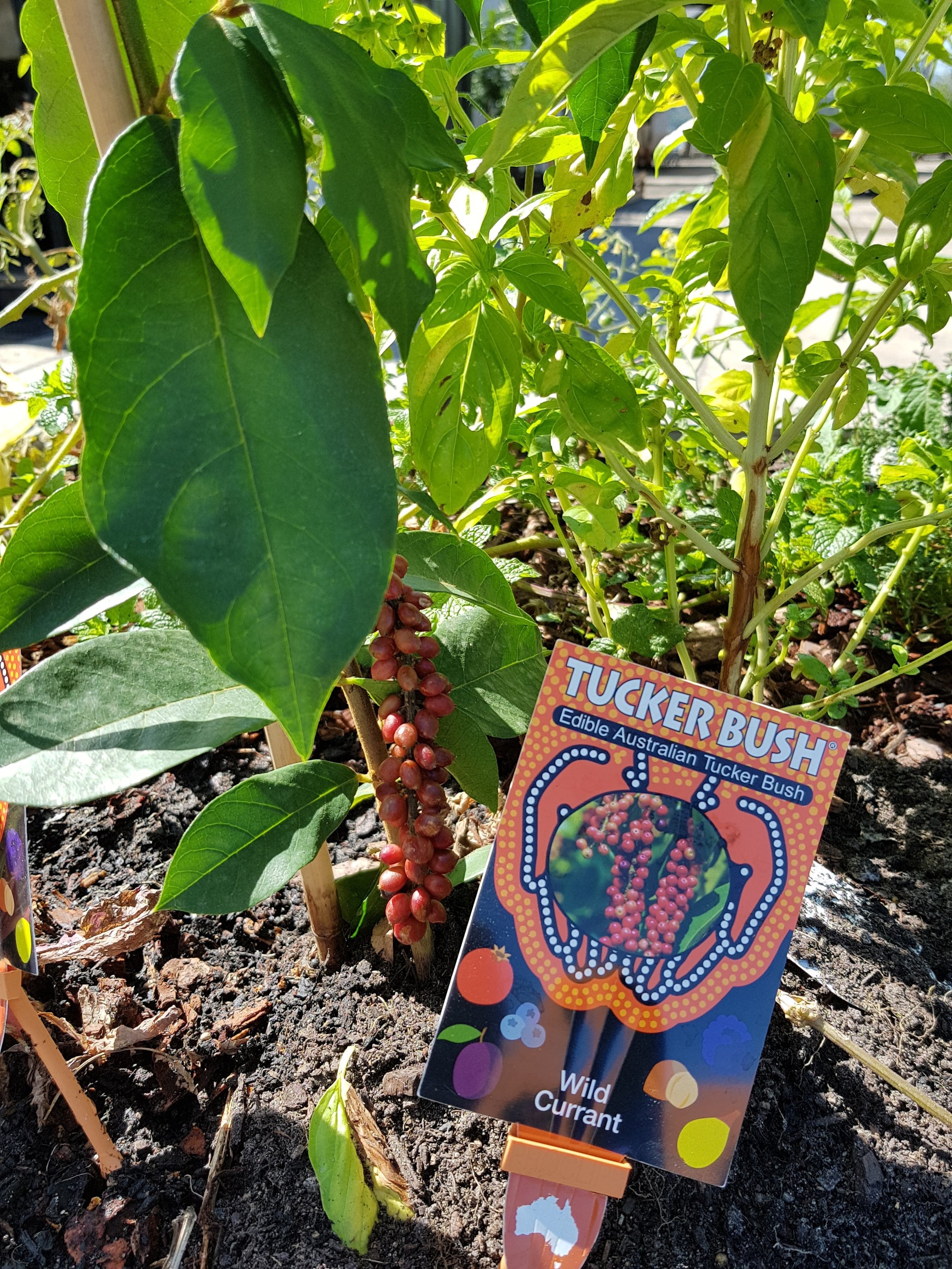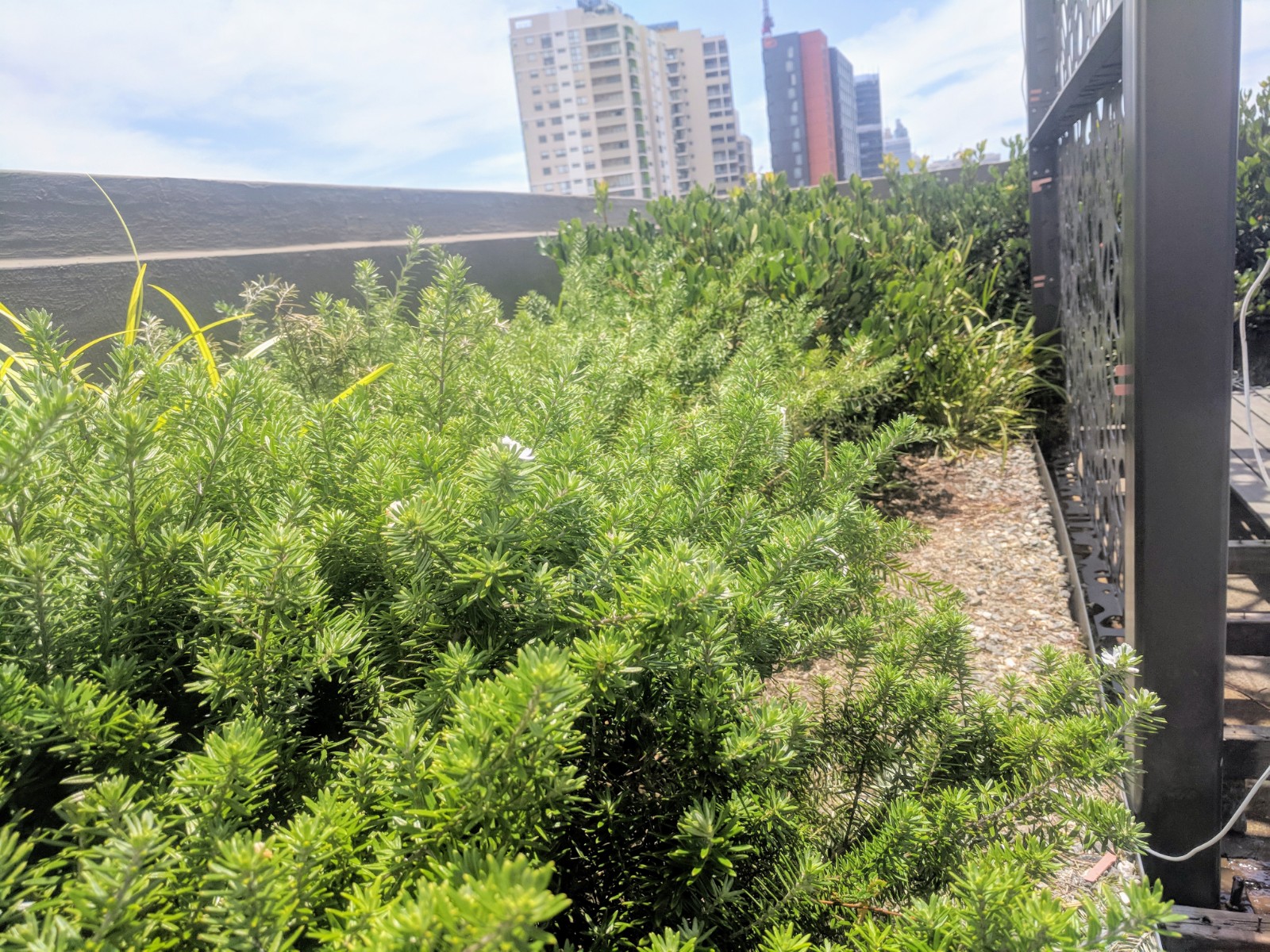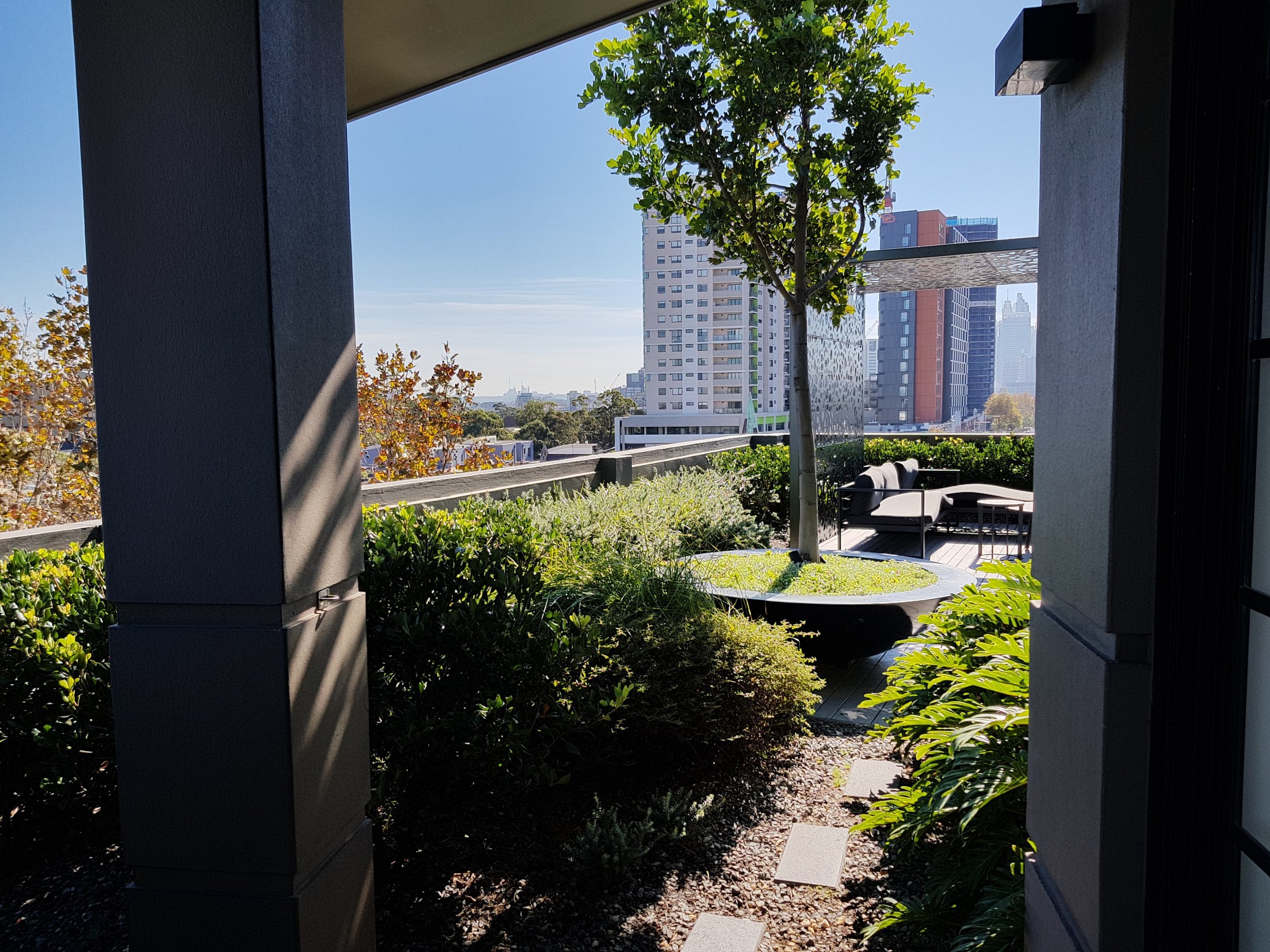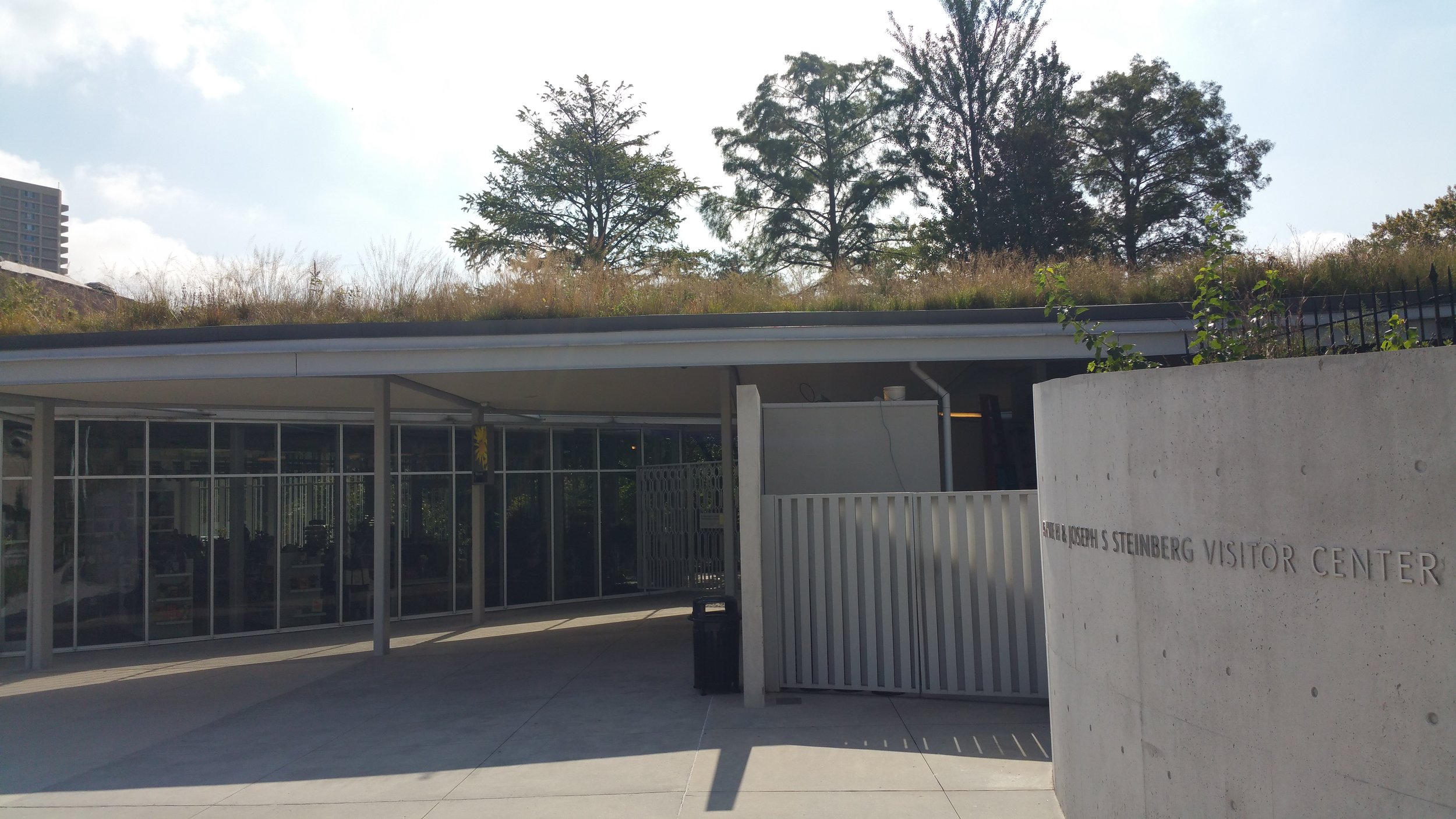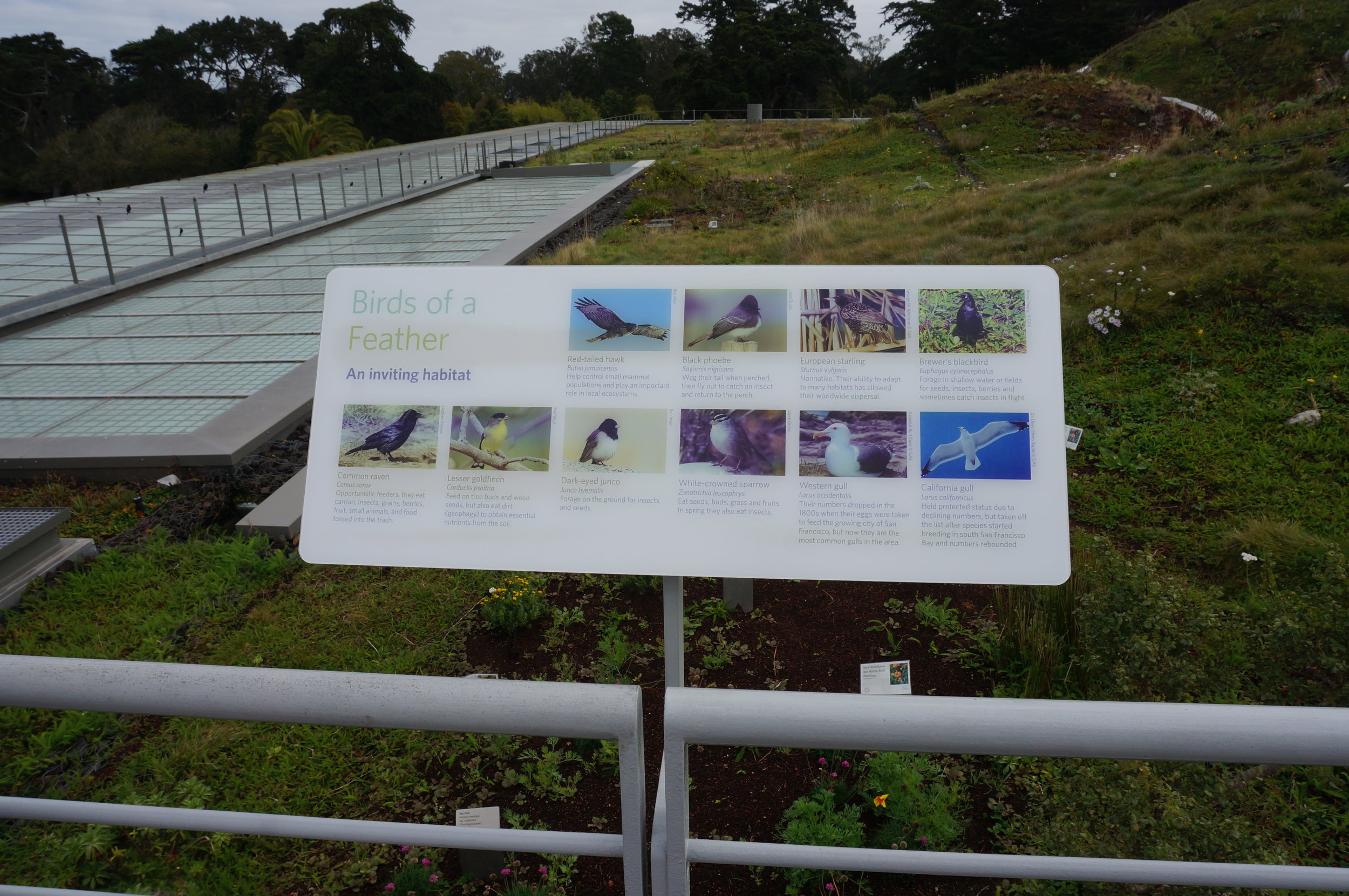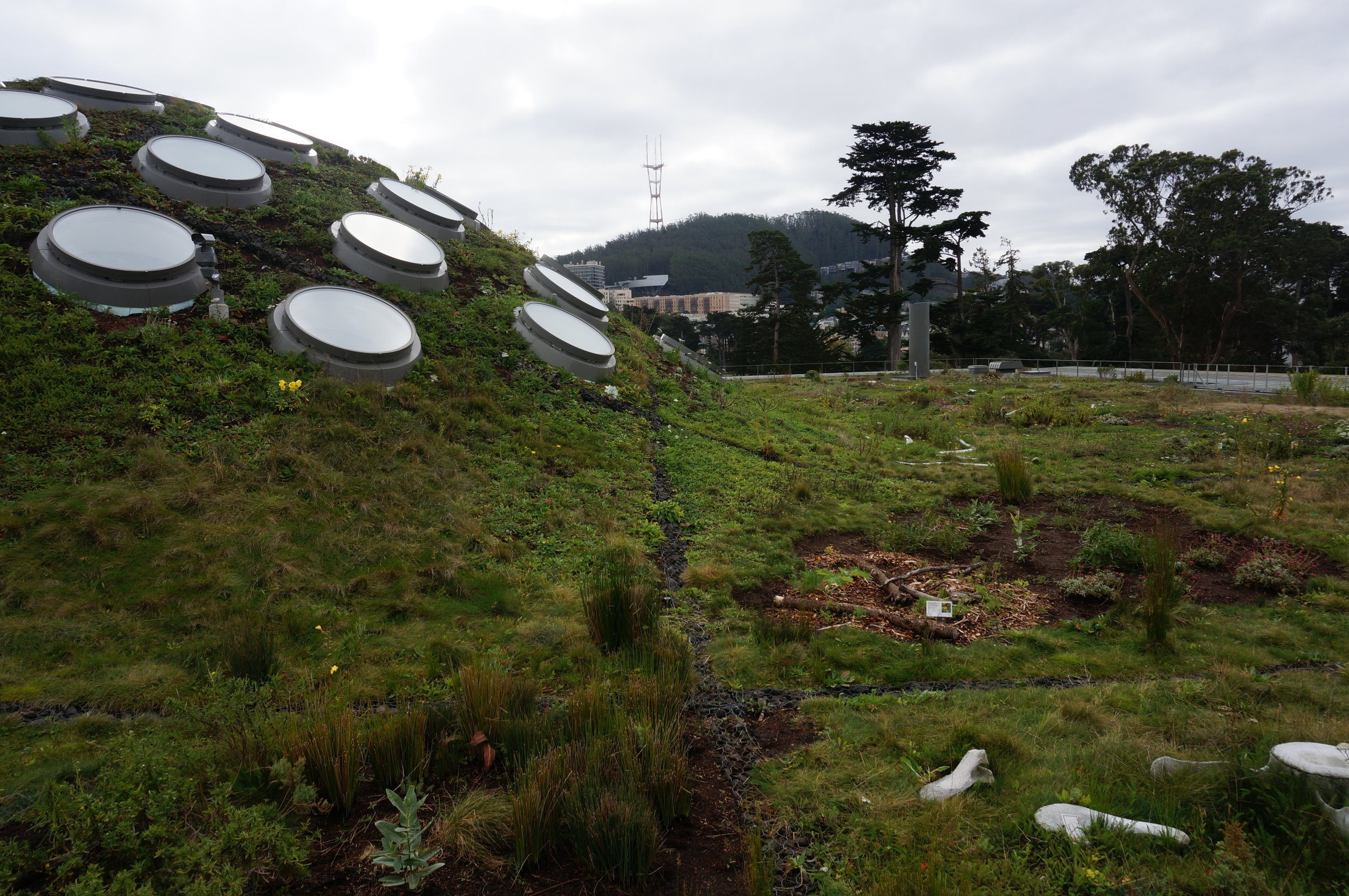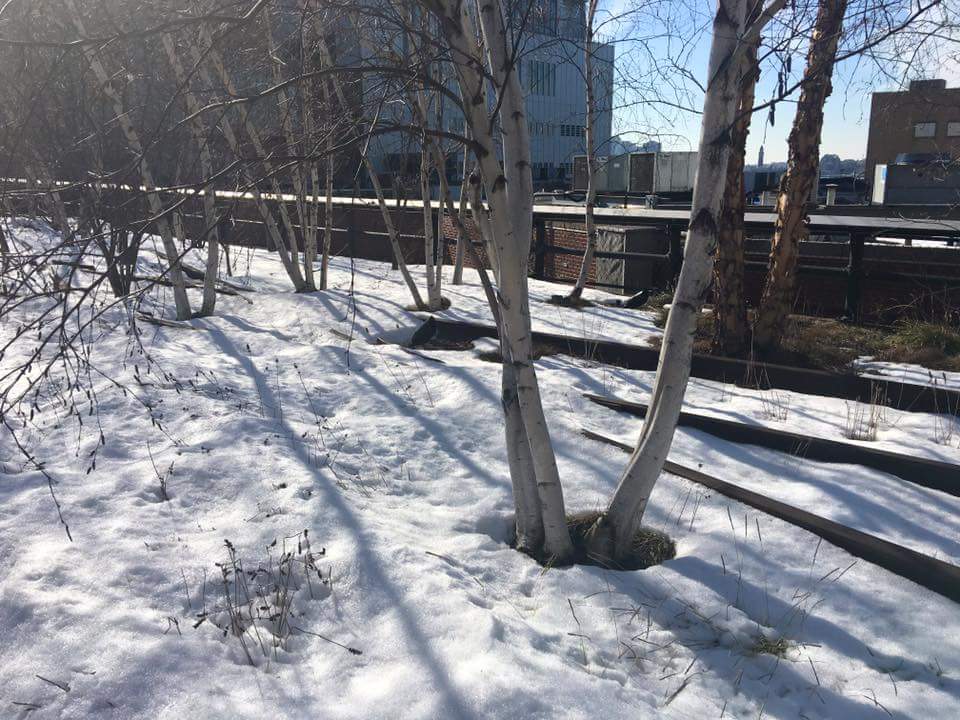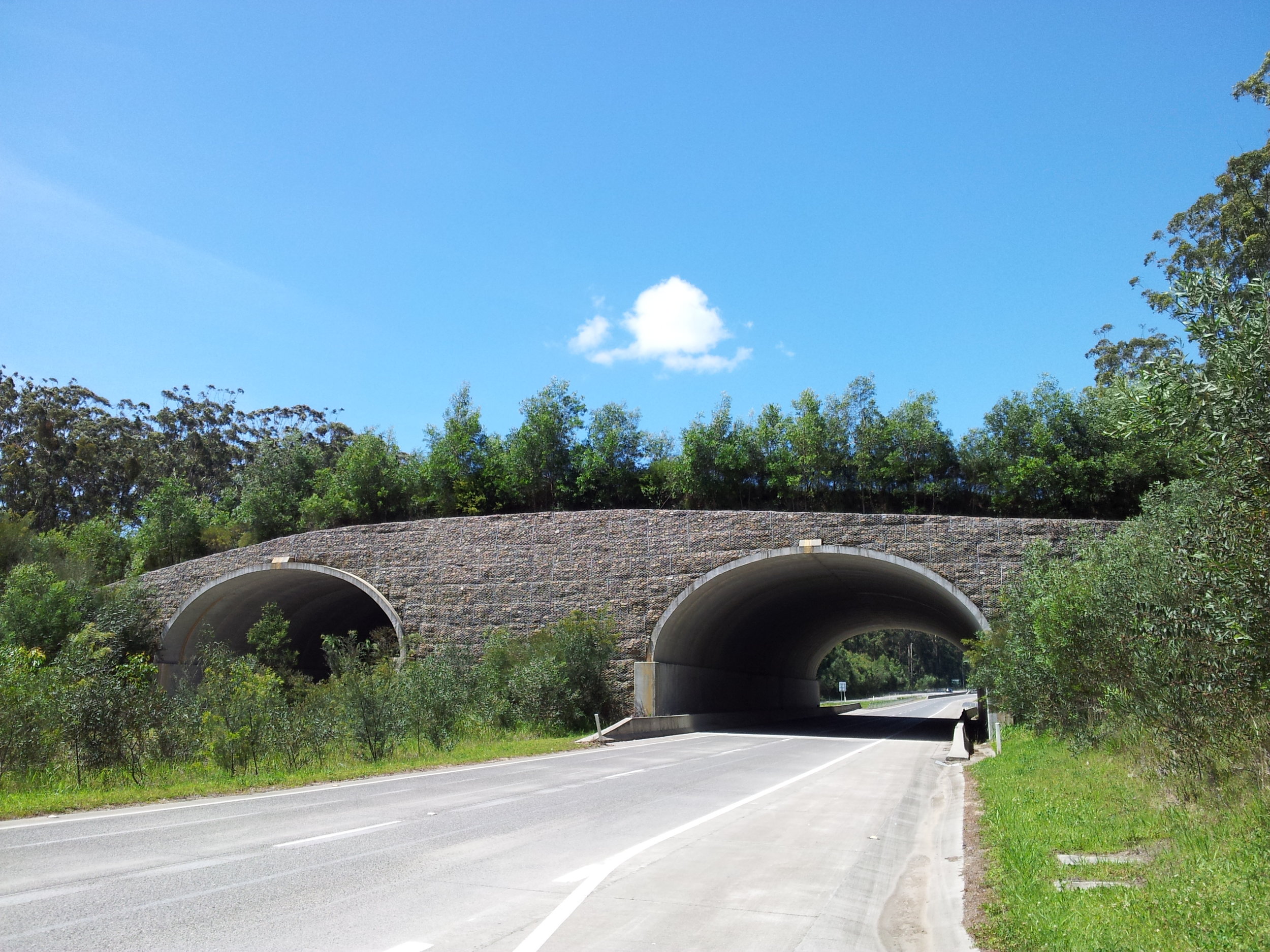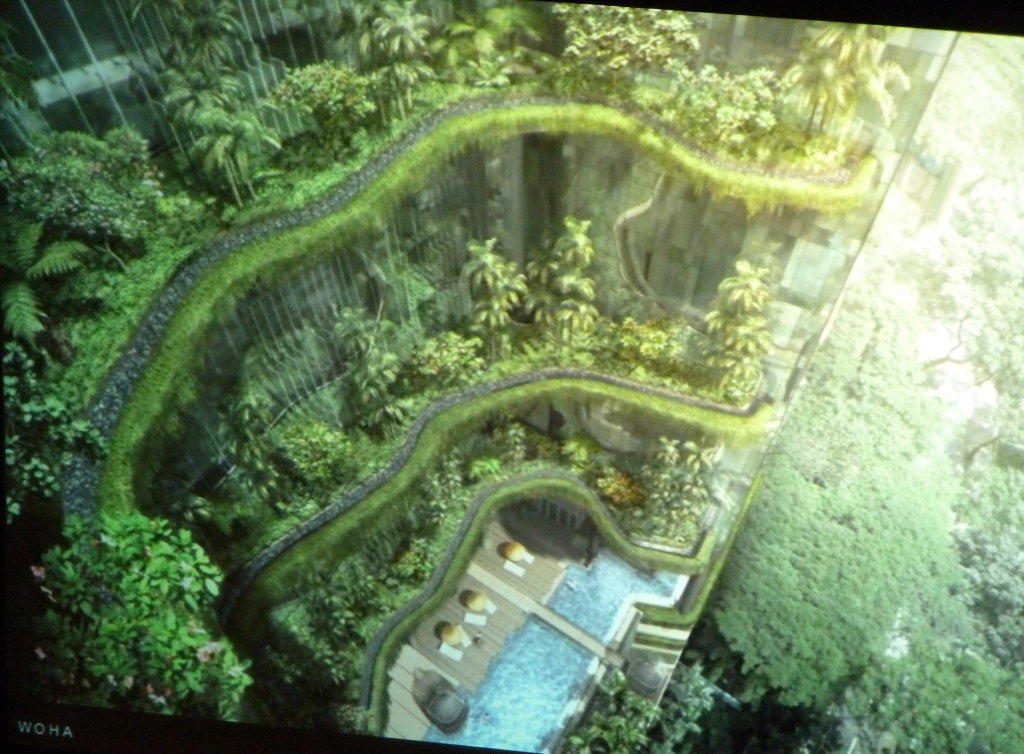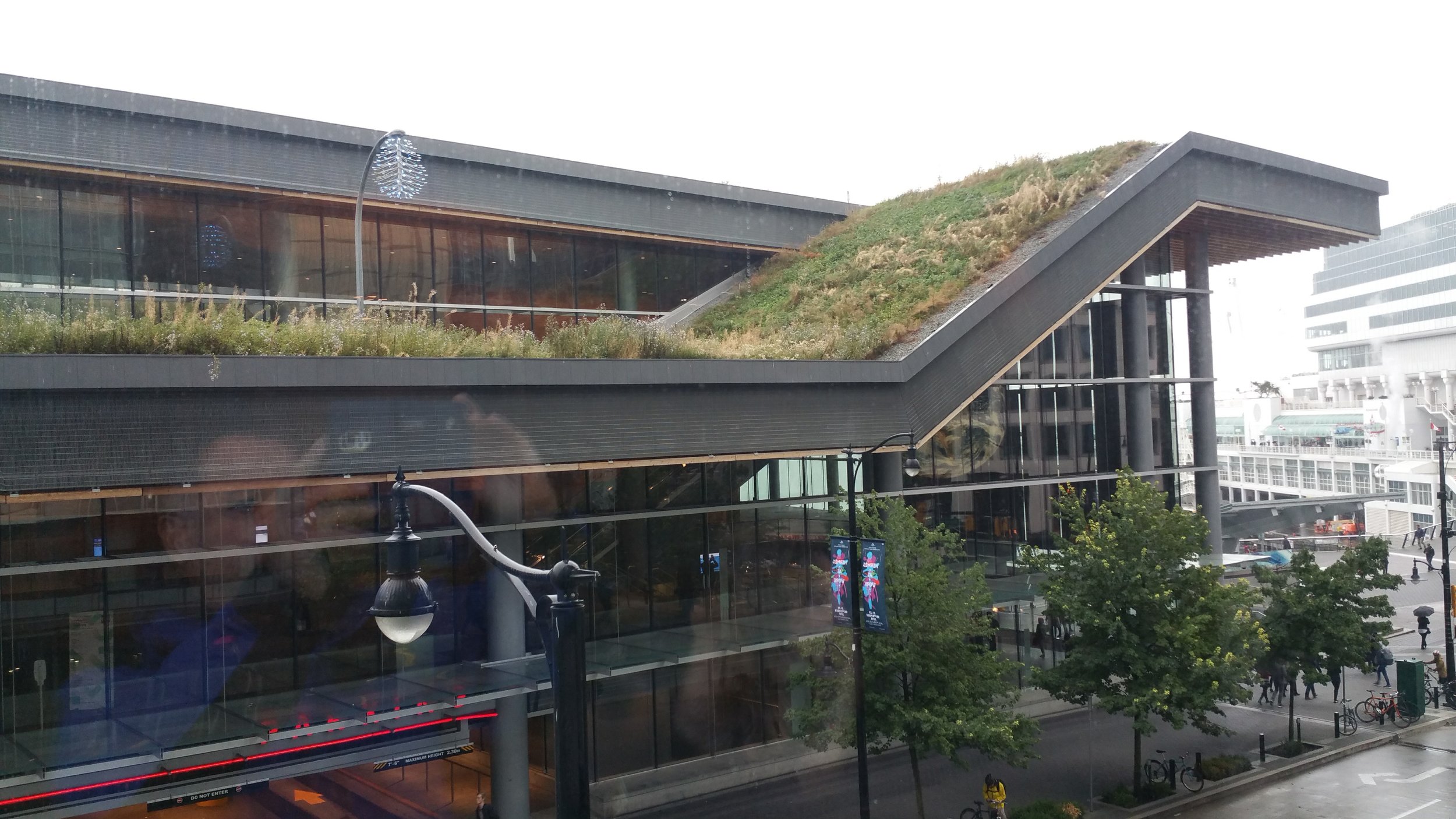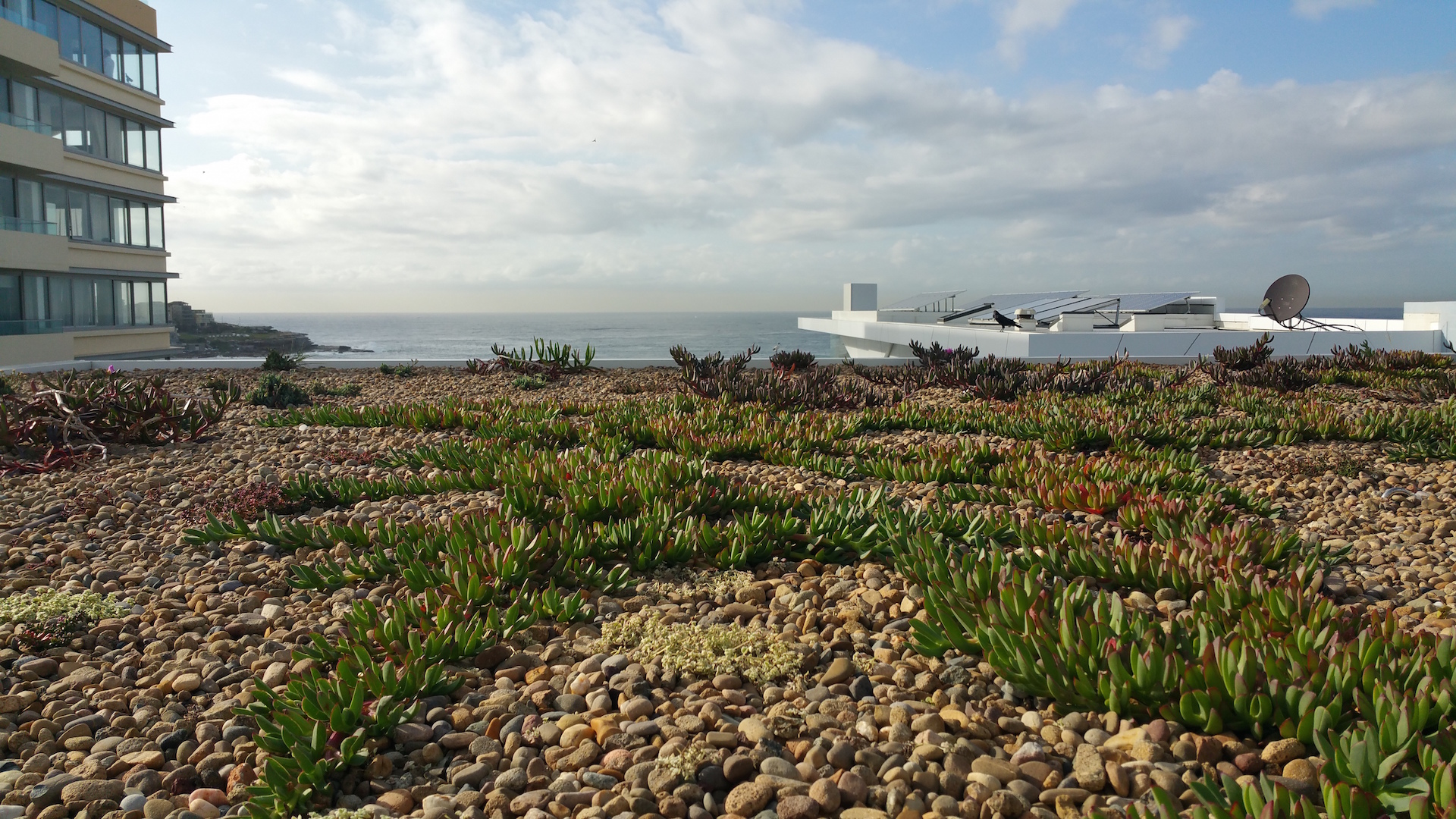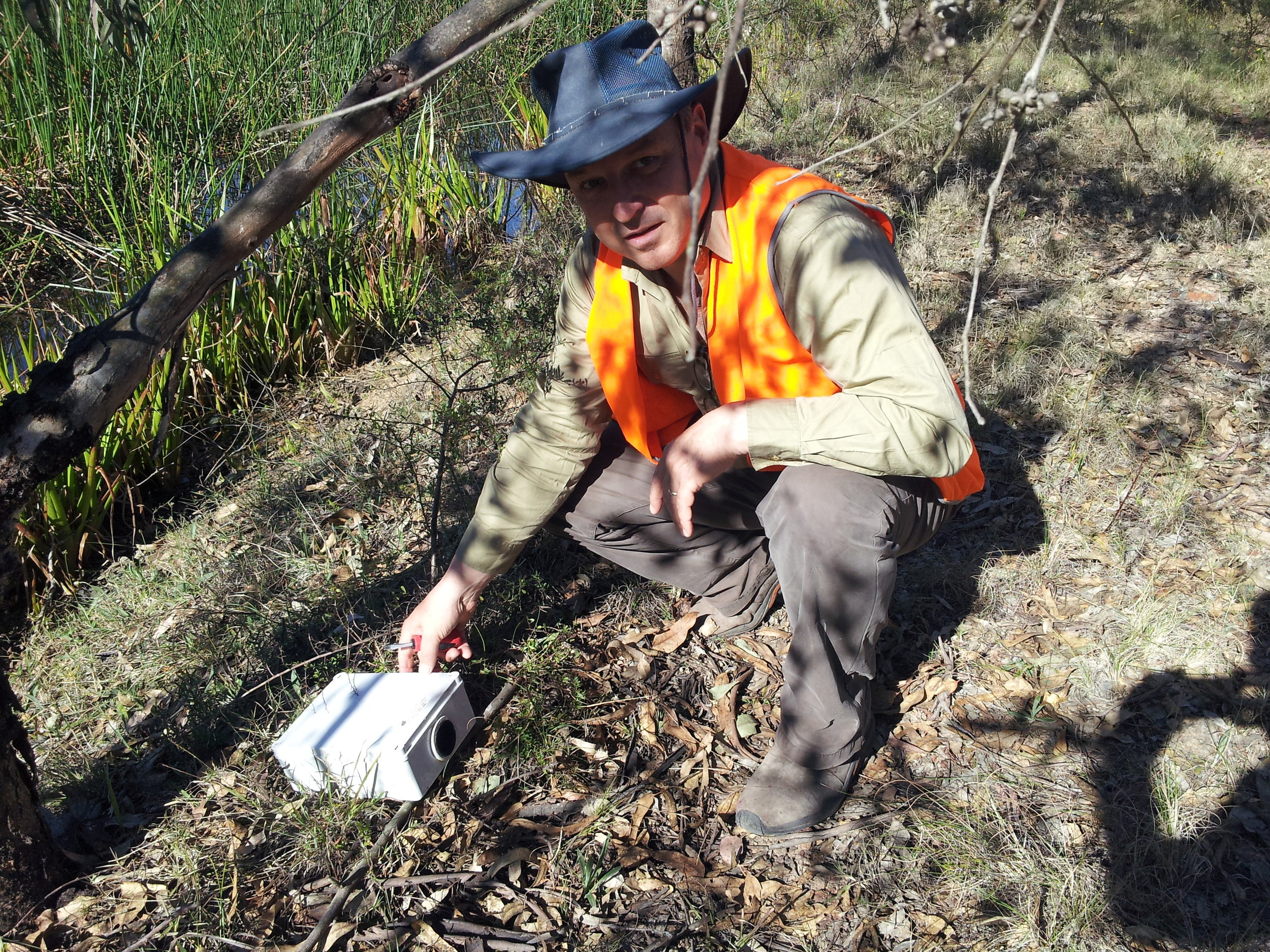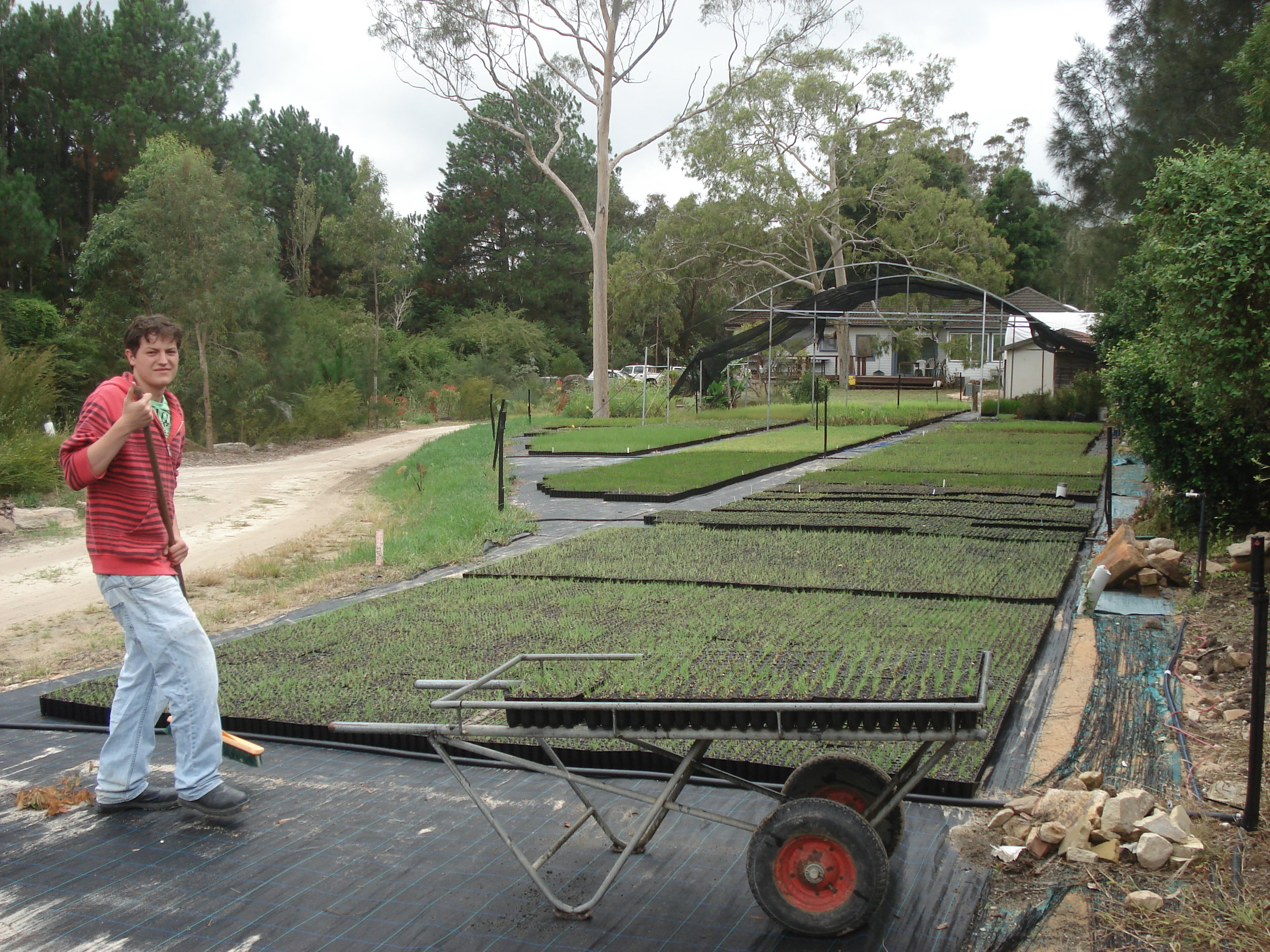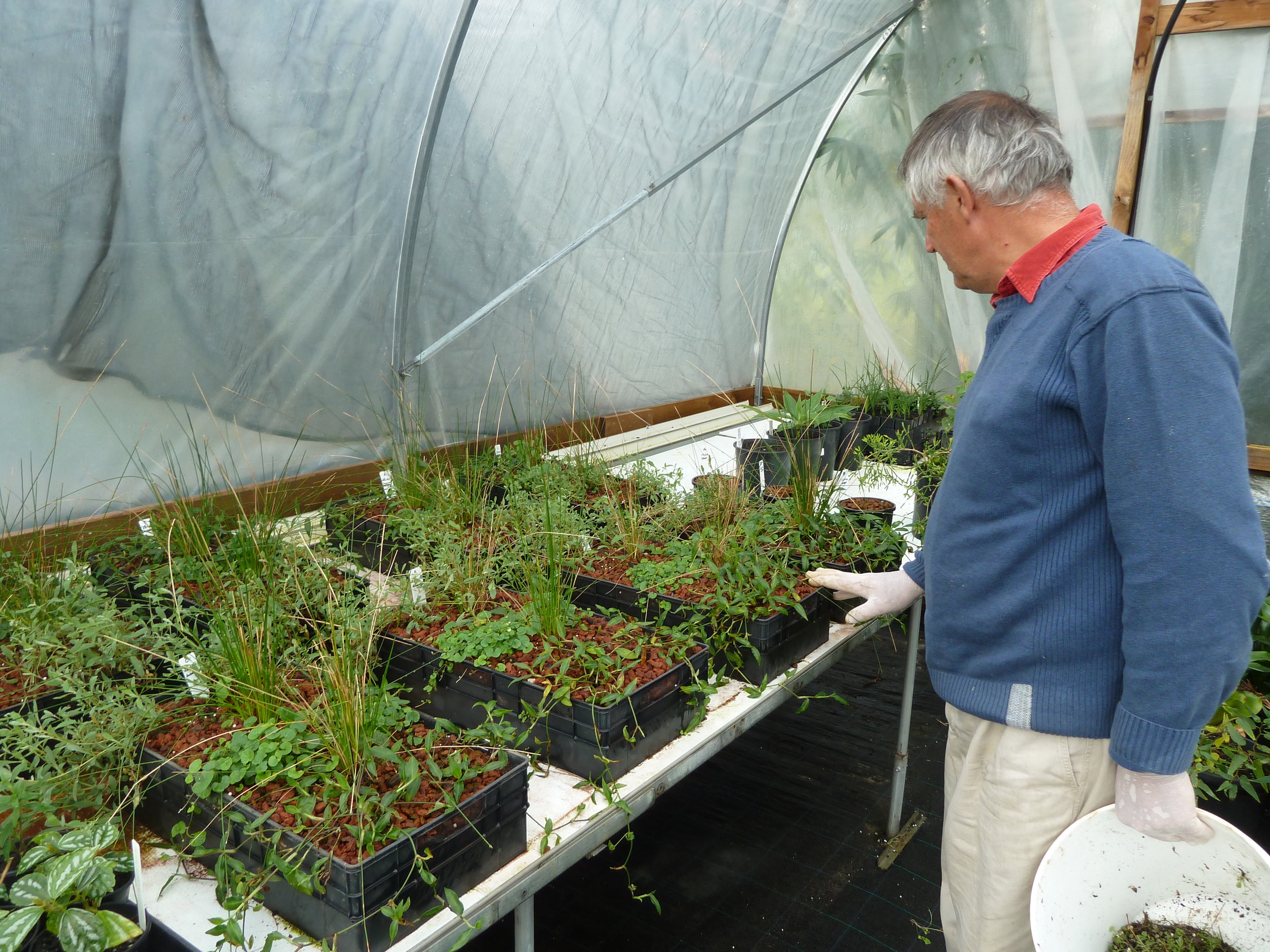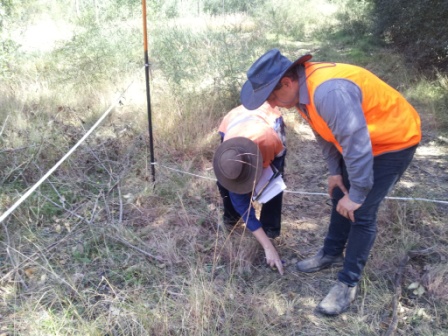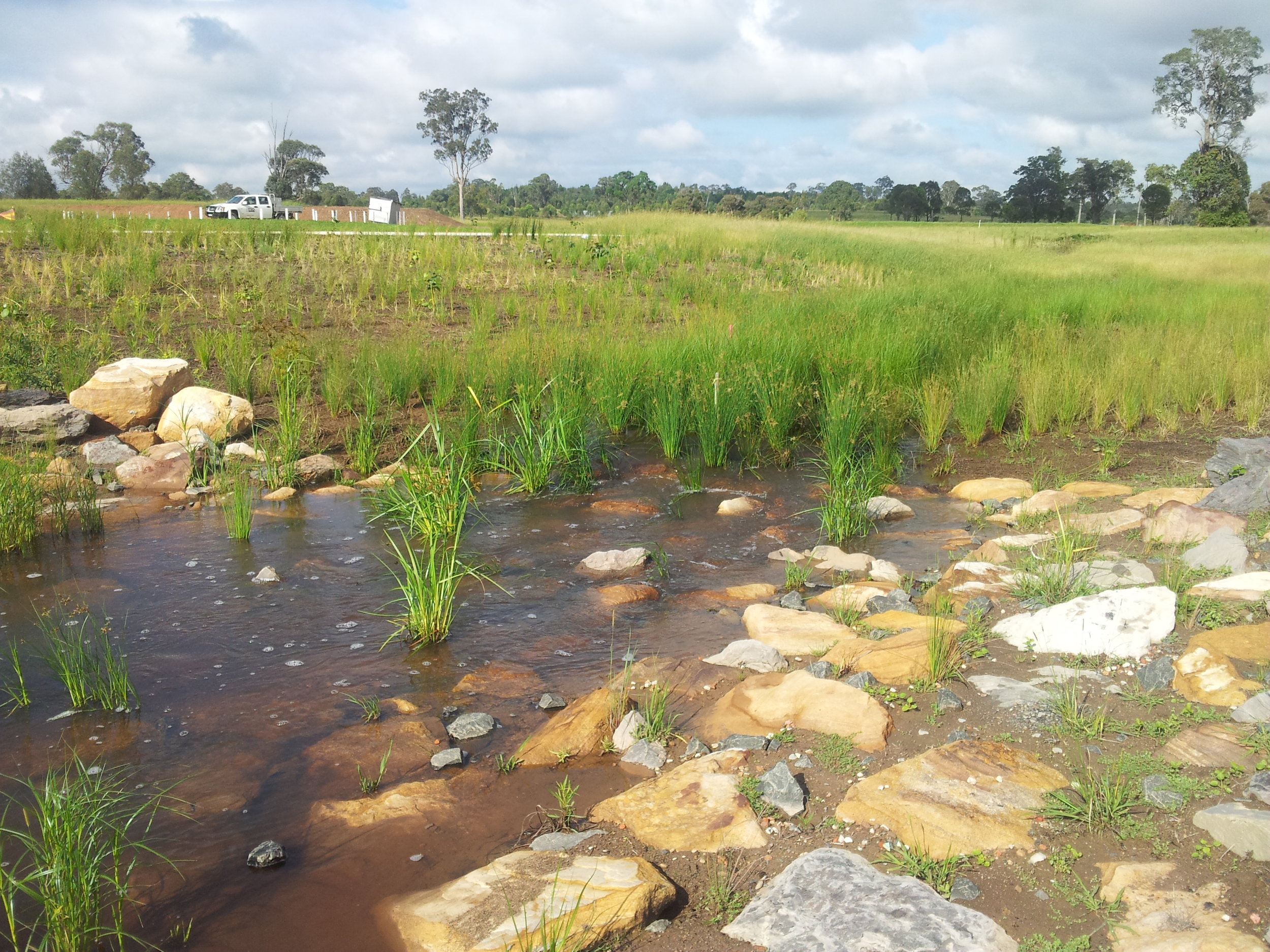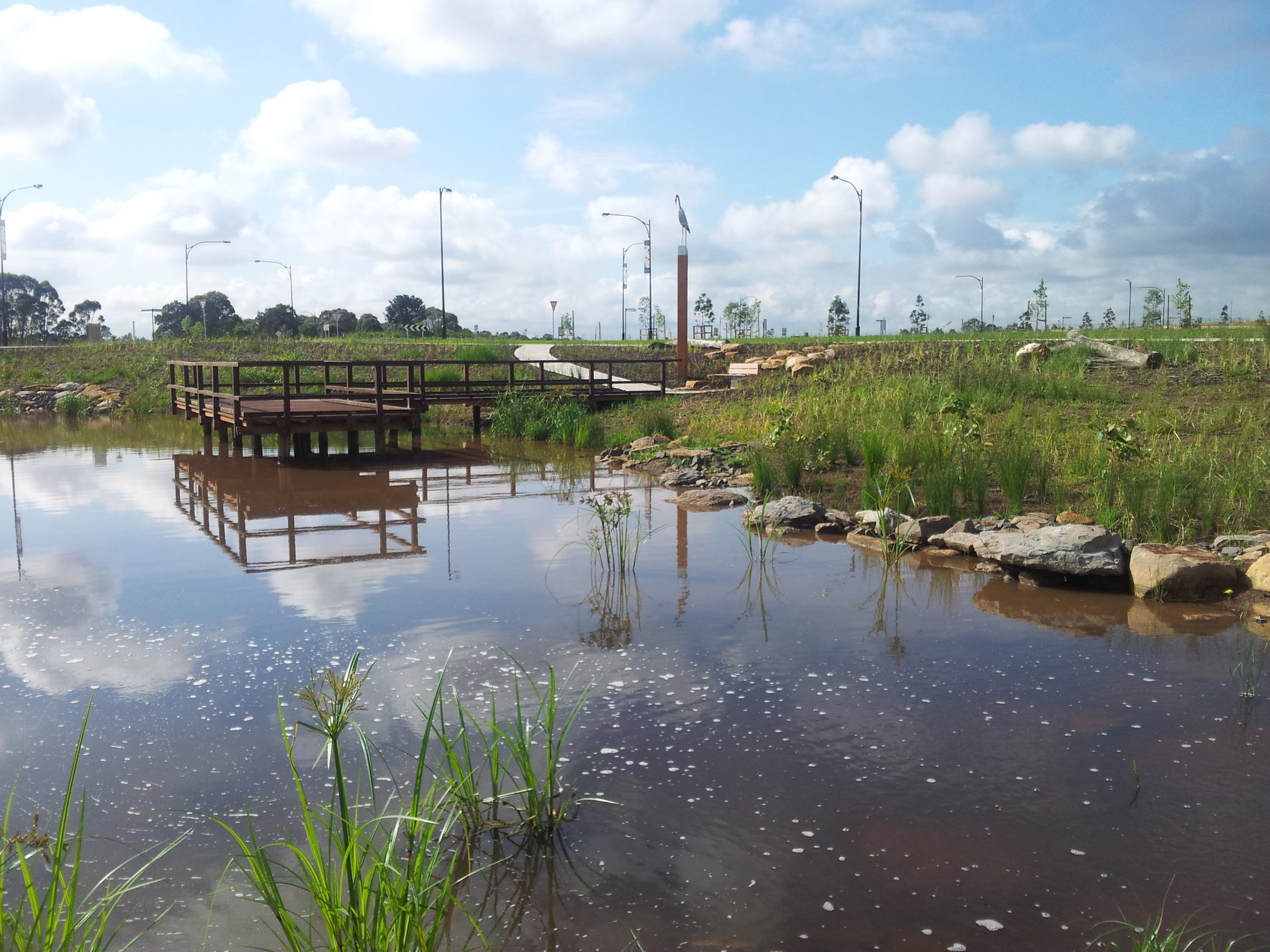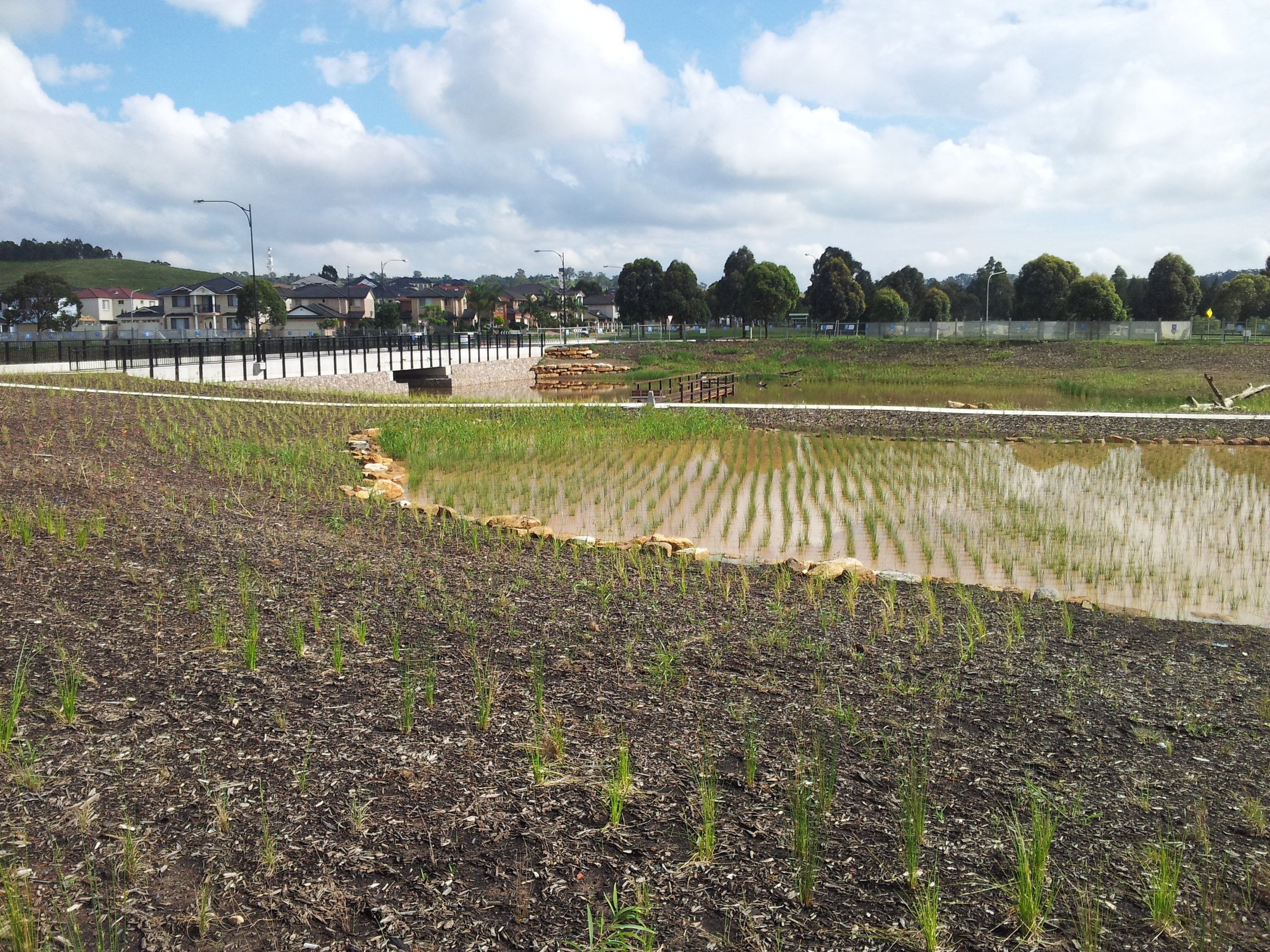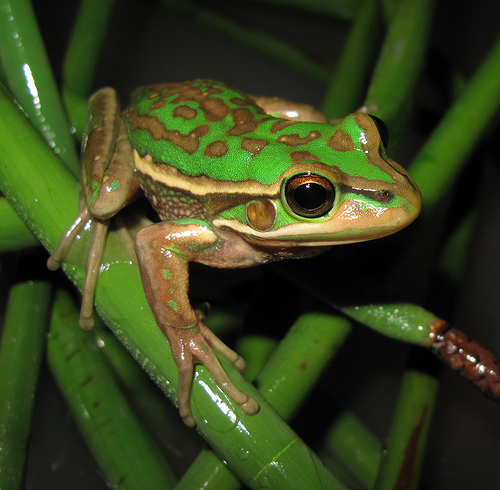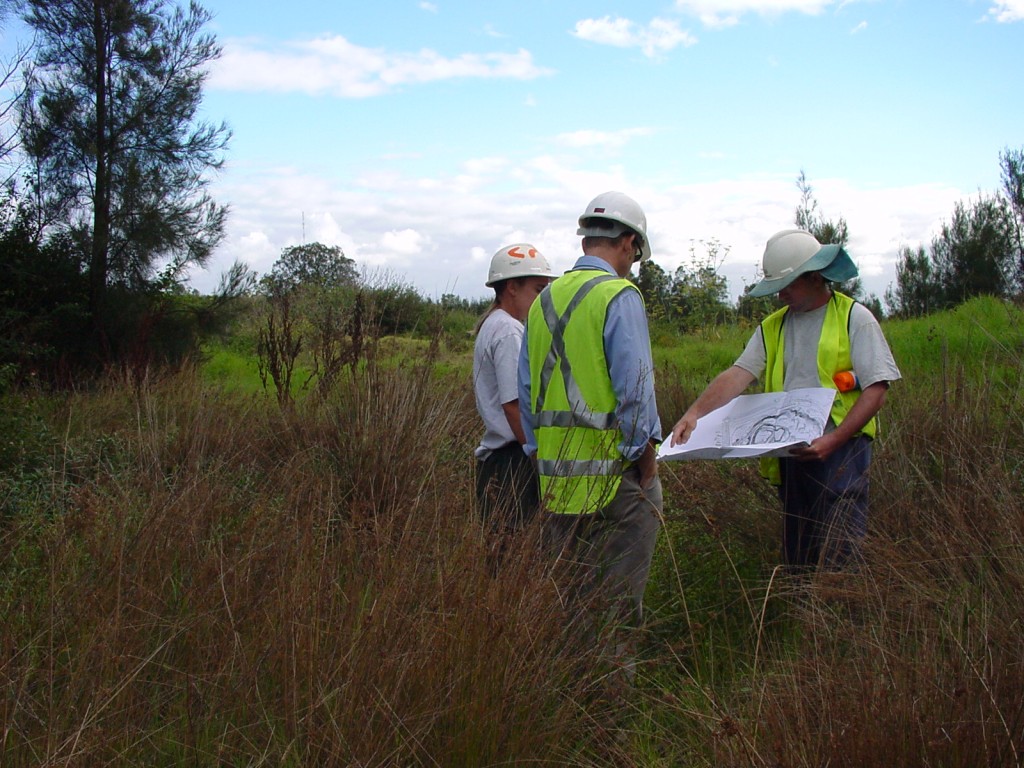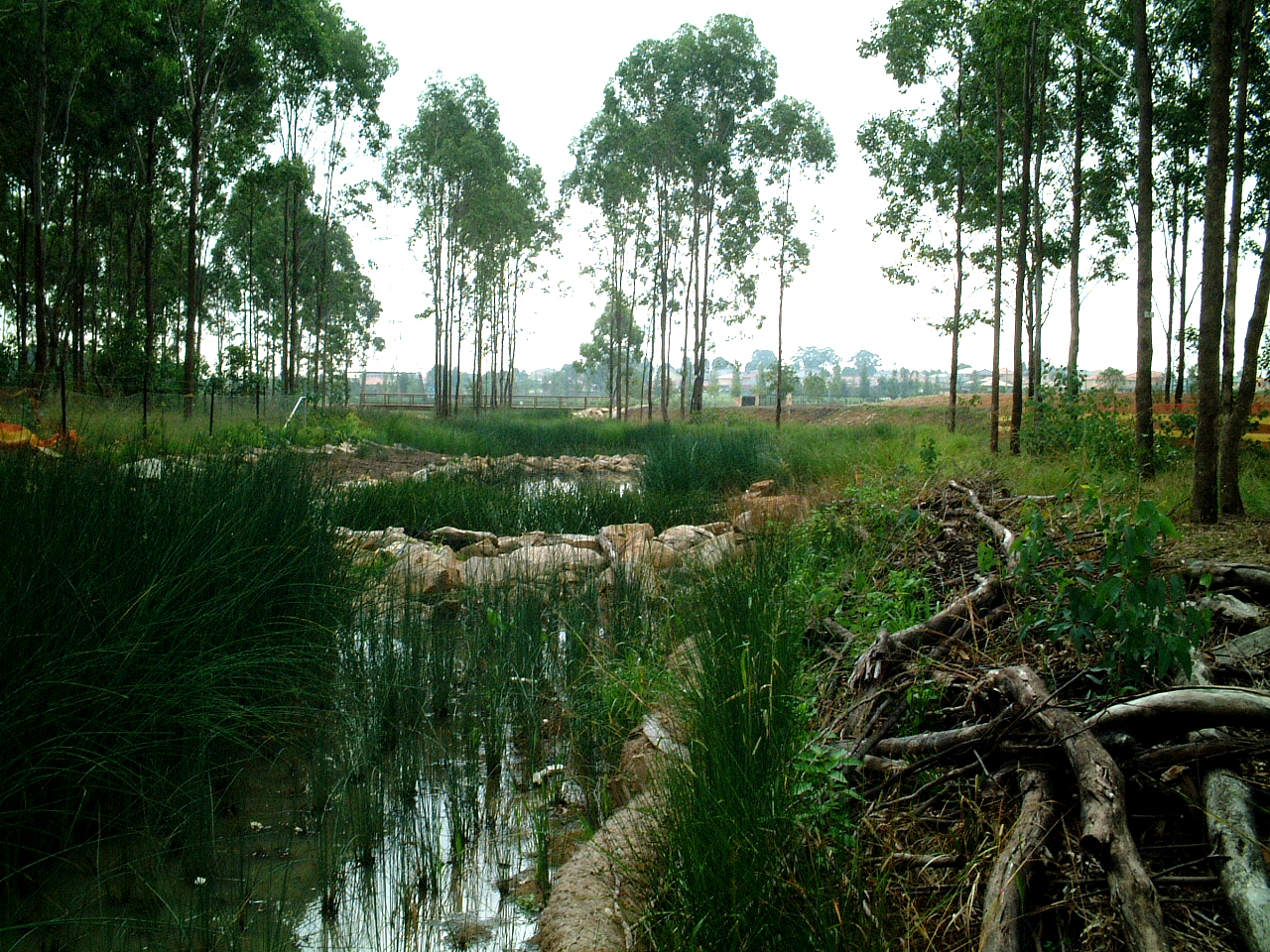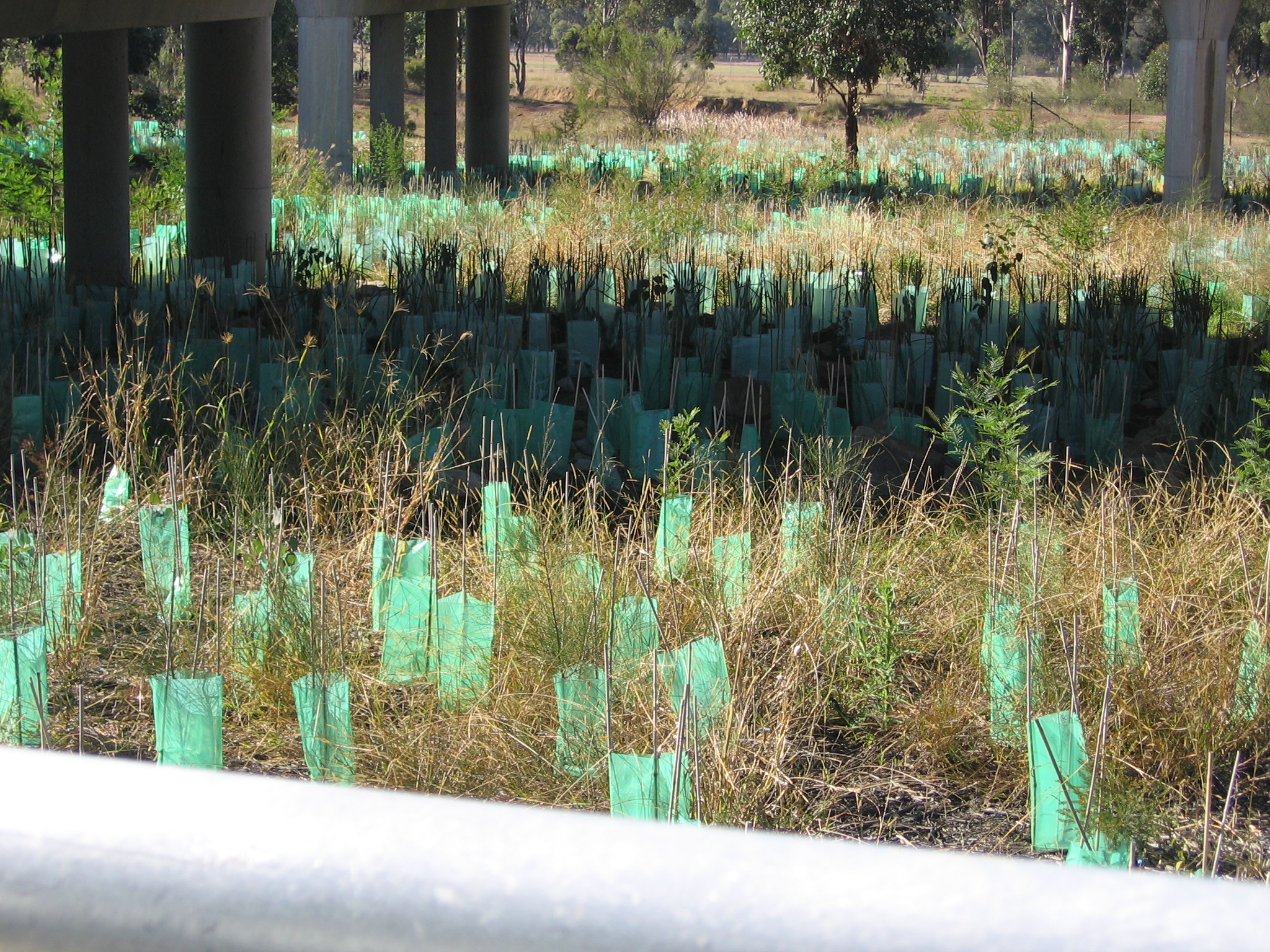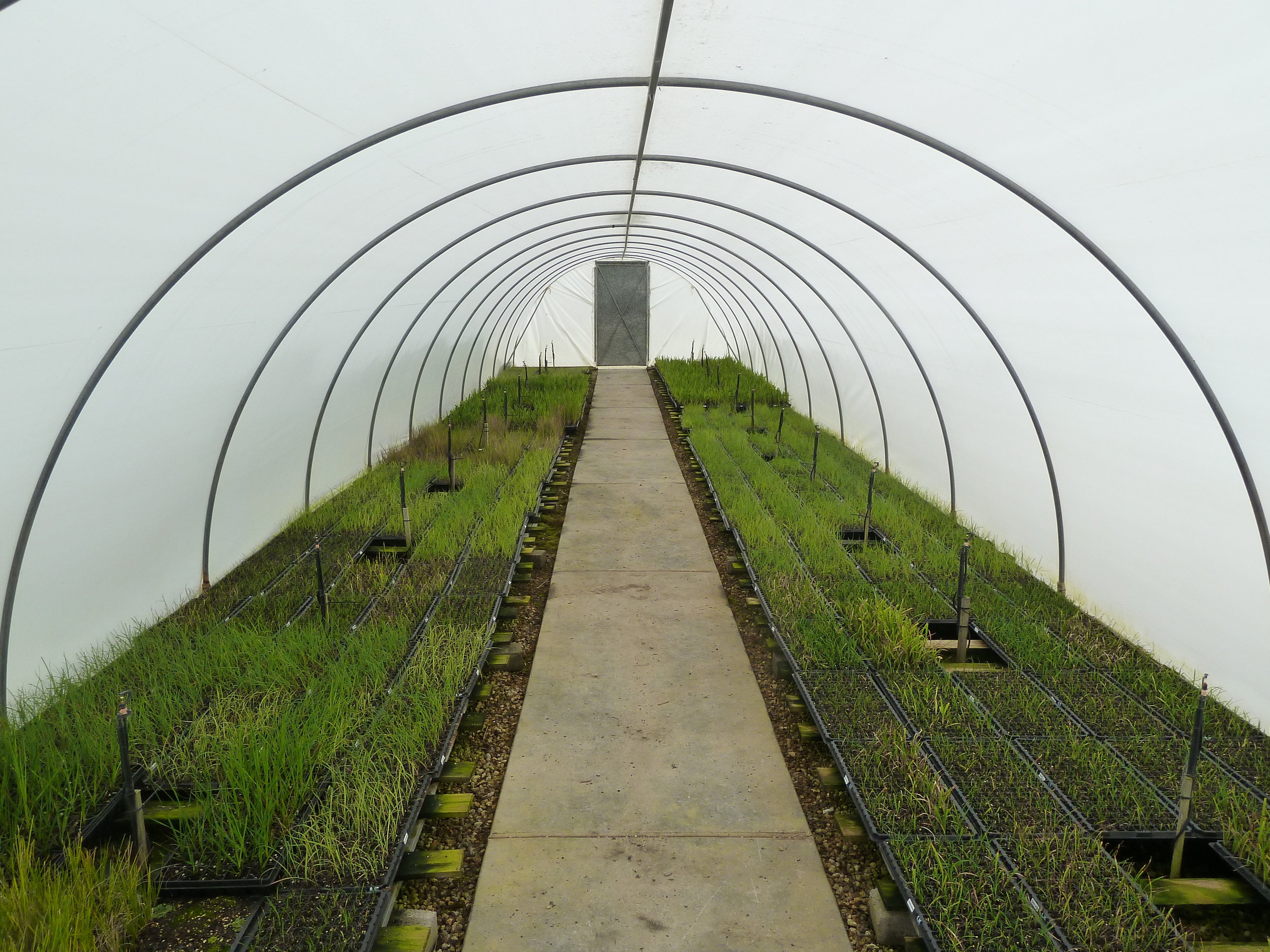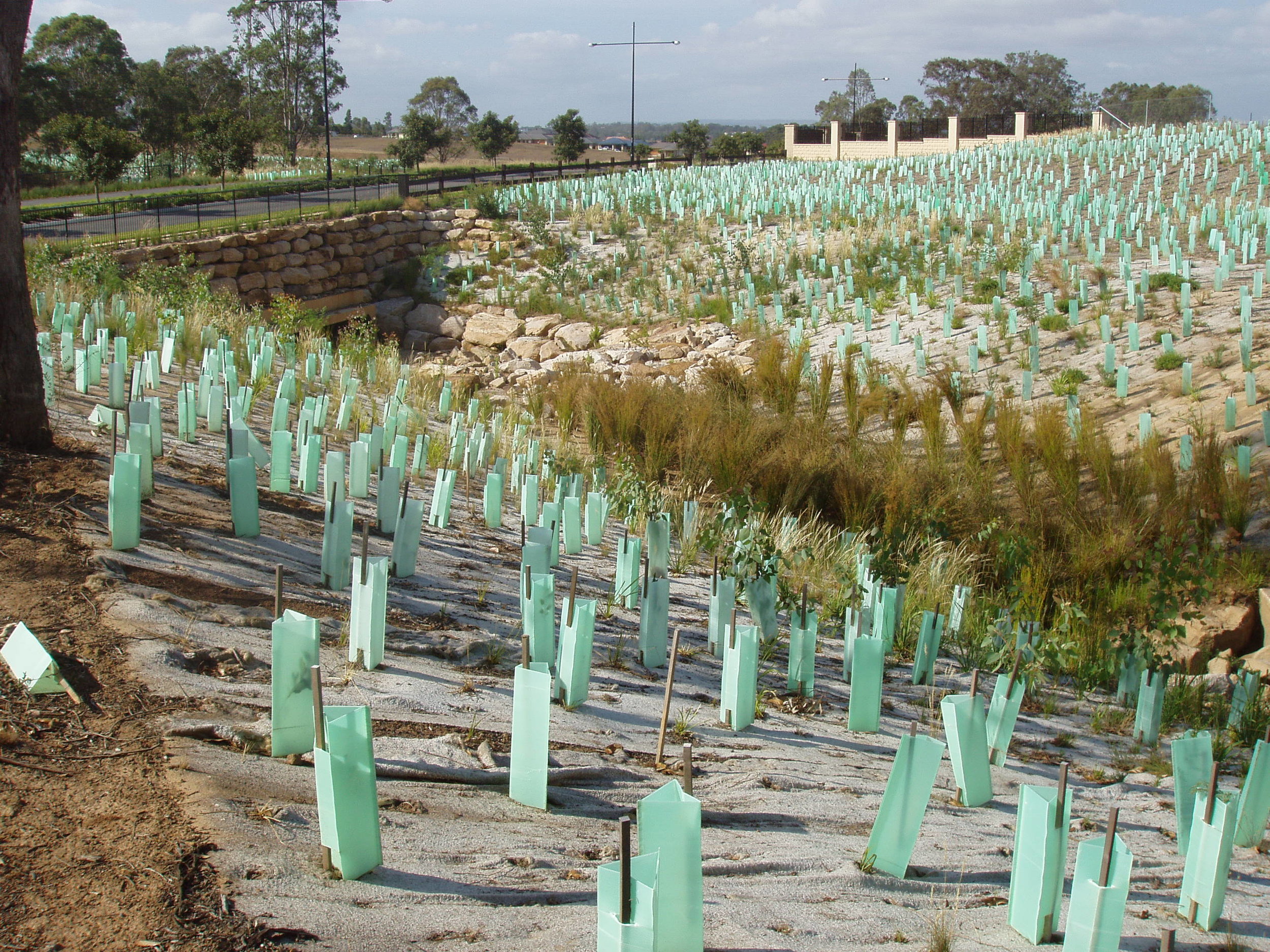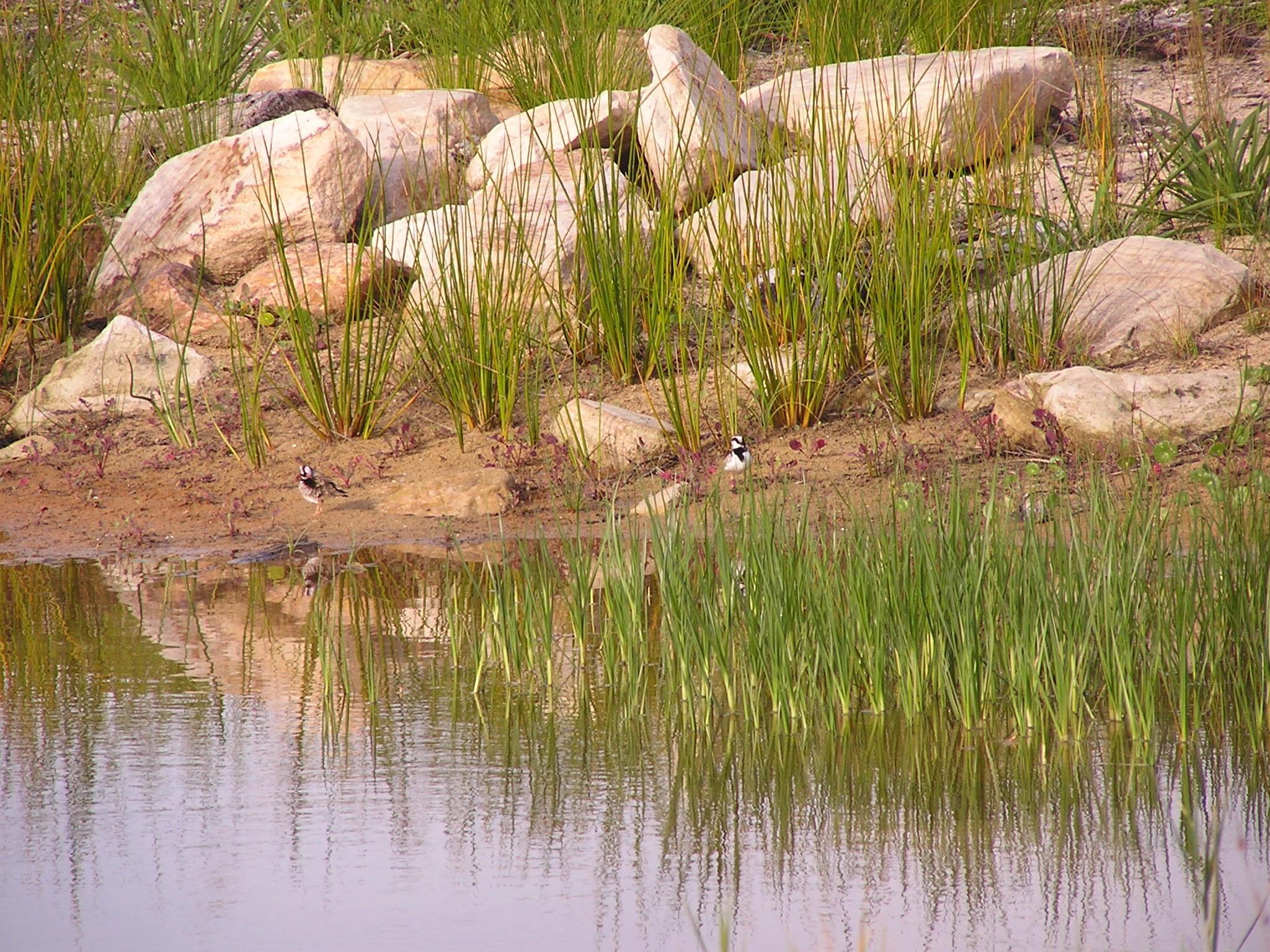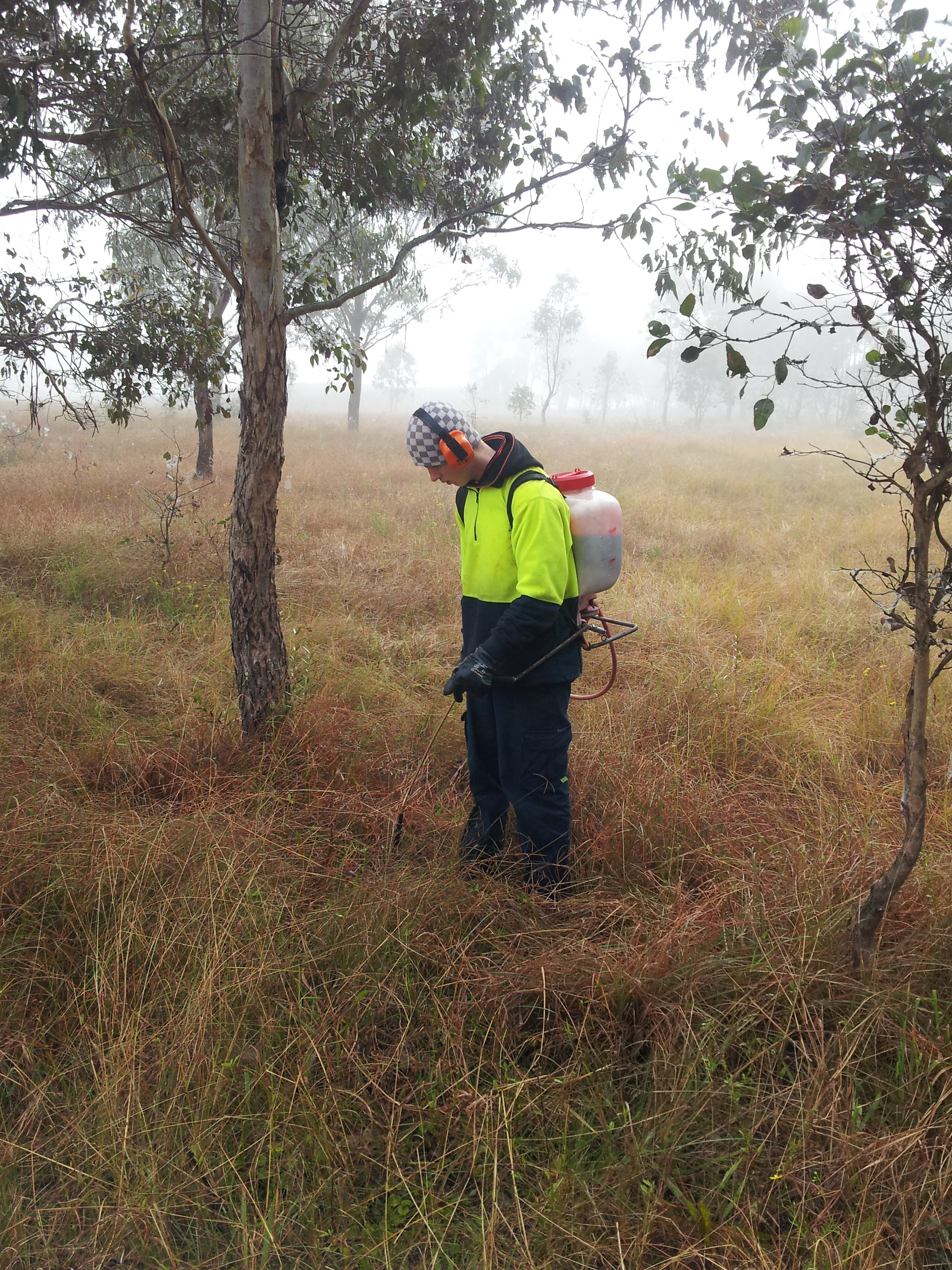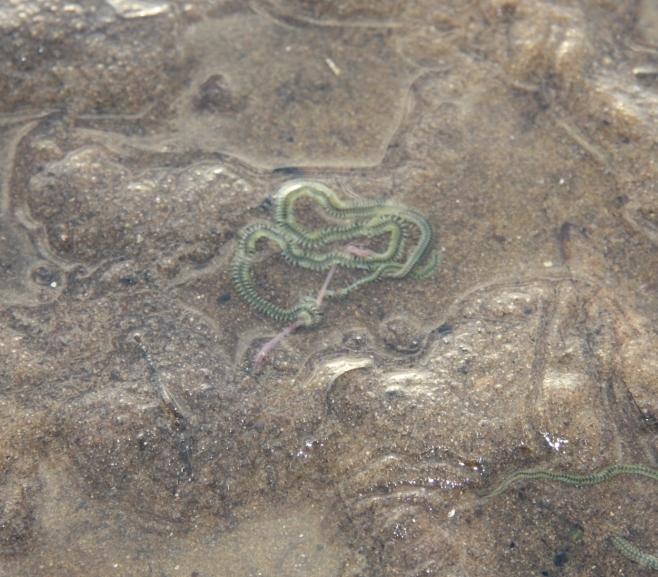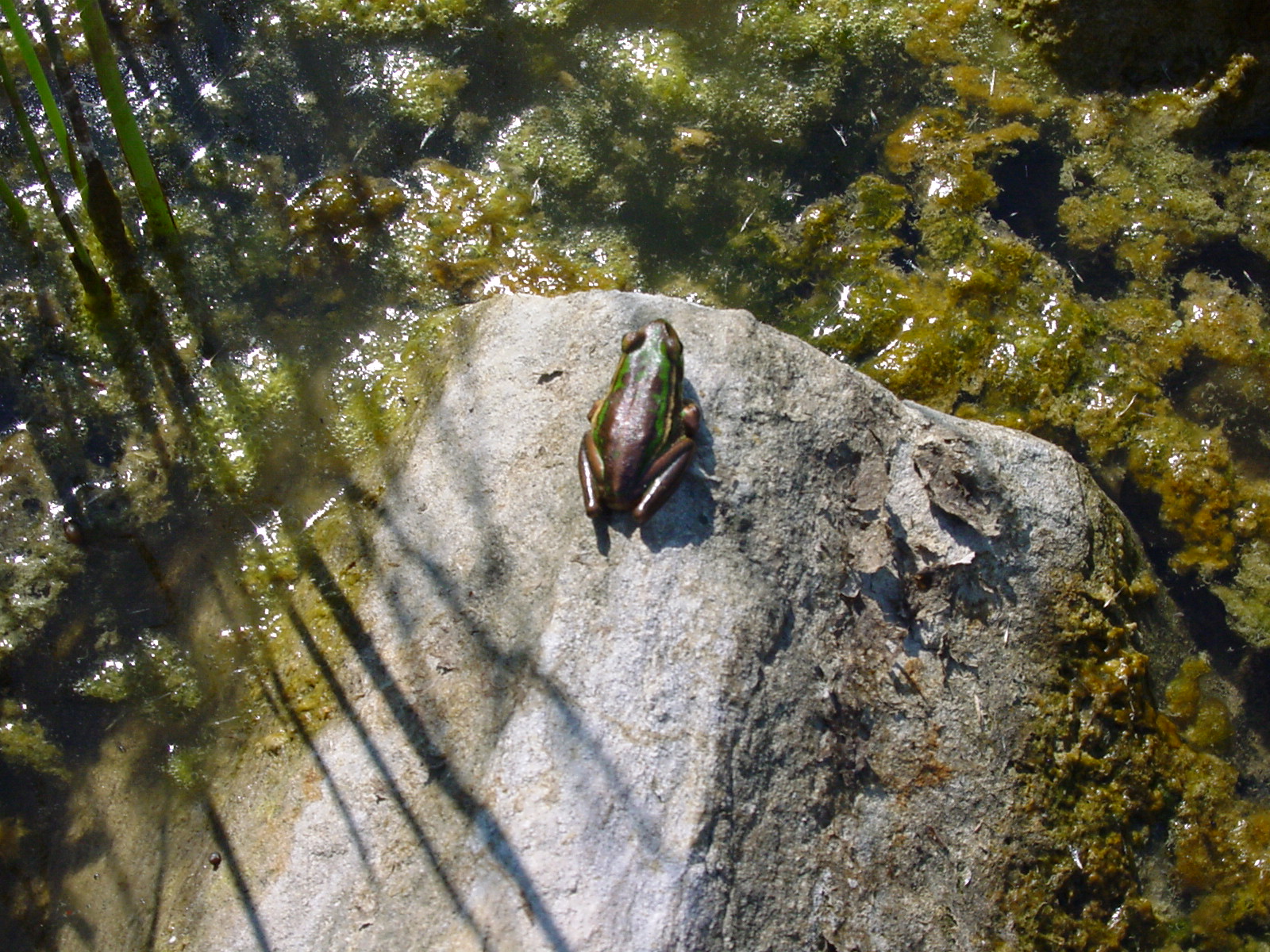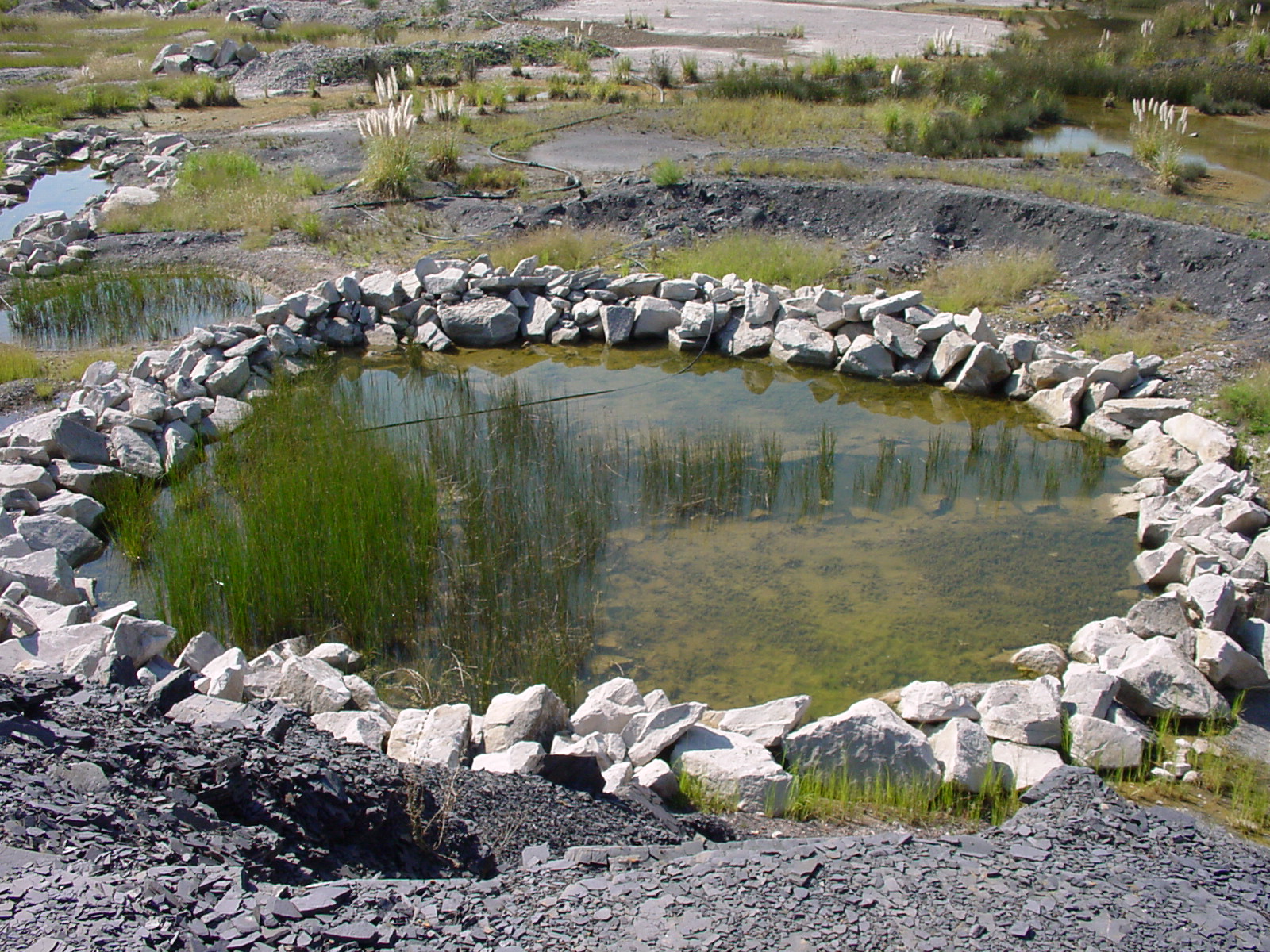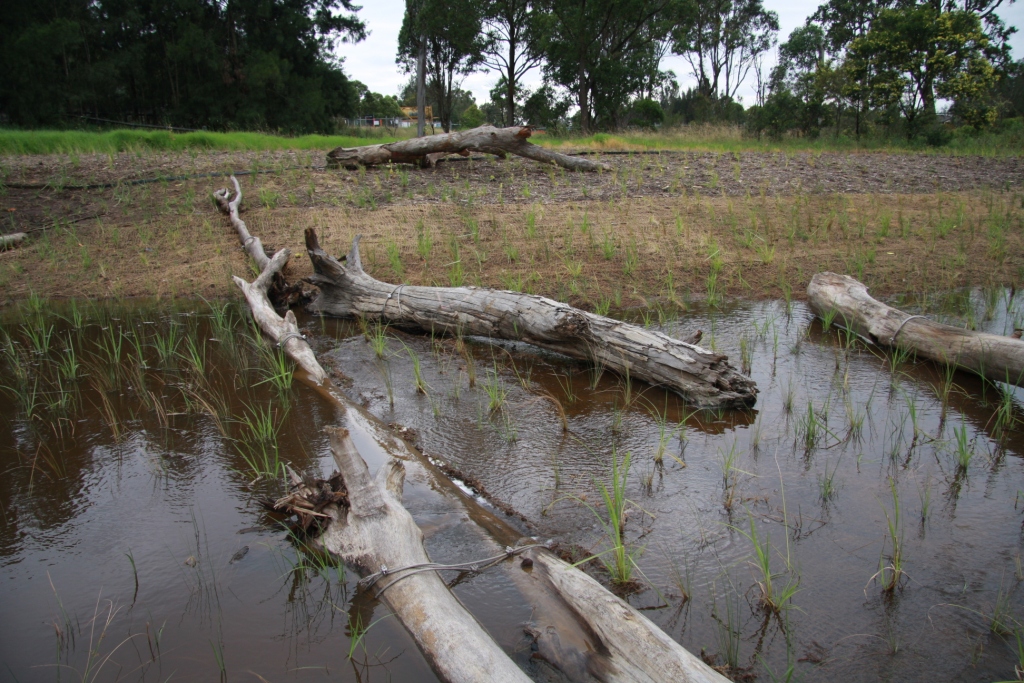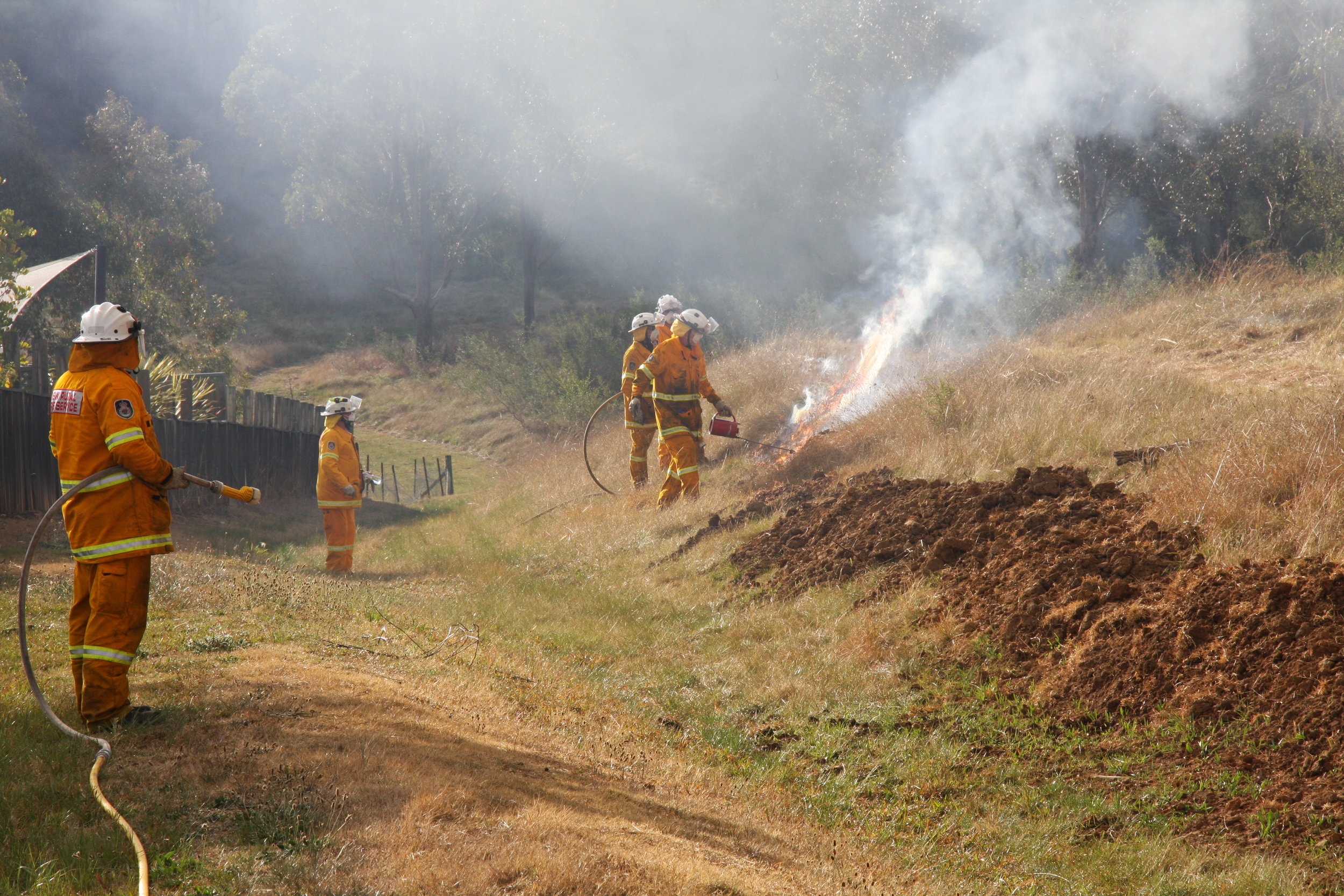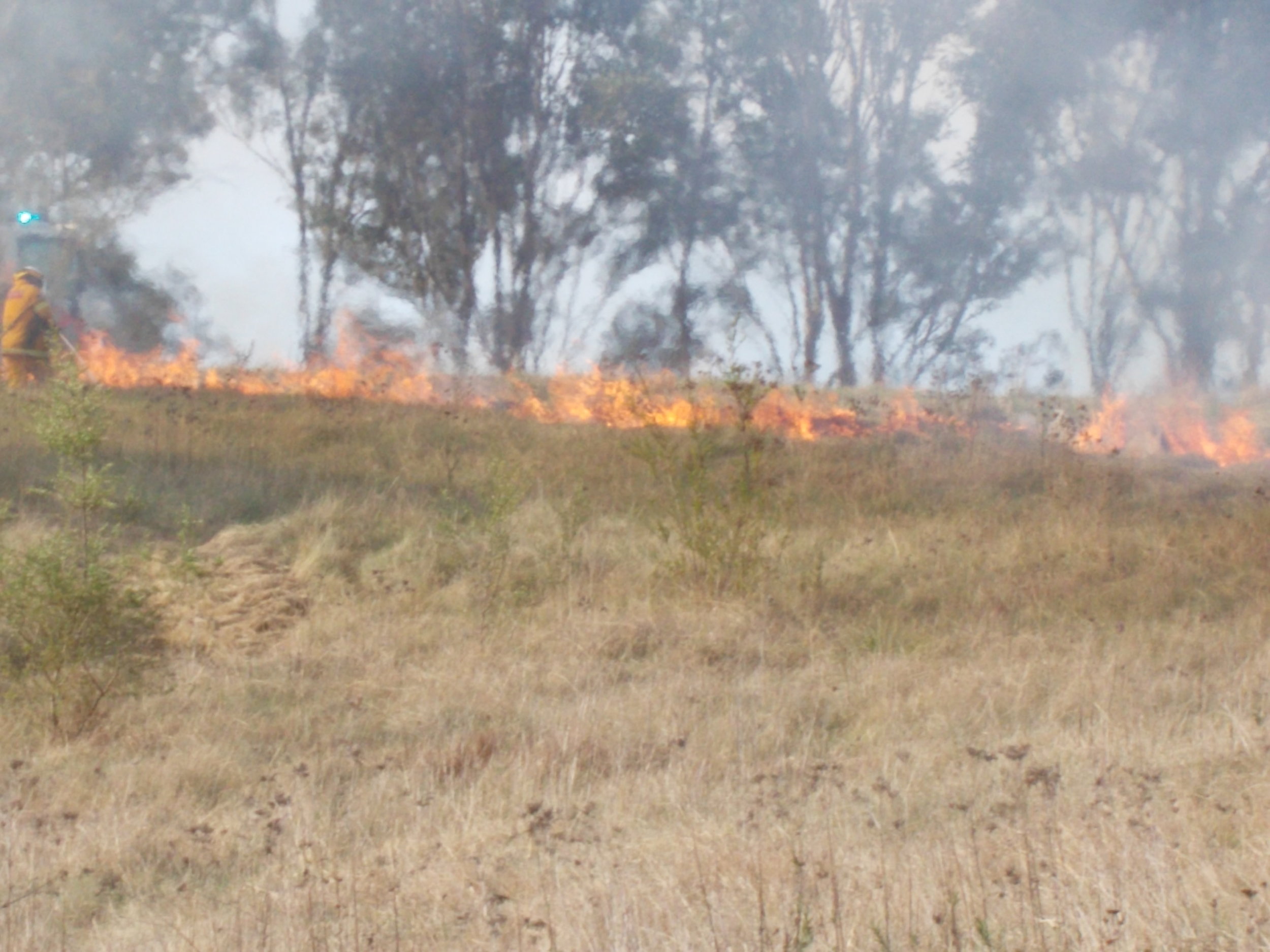To recap the last part of my story: We learned about the first fleets journey to Australia, and had a hint of a tragedy that was about to occur. On the 1st fleet was a group of learned people sent by George III to create a new world with local Aboriginal people. My PHD is in part to find out how this went.
To explain how decisions were made by King George regarding The Great South Land, I needed to investigate how these choices were made. I was lucky to have some travelling expenses in my research budget. I explored records from English and European society. I flew to London, then Paris to read an awful lot of books and records. In my reading I was surprised by the willingness of individuals and groups to question laws and rulers of this time. My PHD had to widen its view of the world. This to understand how human society evolved from aggression to cooperation in the 18th century.
There had been pressure on monarchs by philosophical thinkers, to do good. This, after the mayhem caused in the New World of America, where colinisers were slaughtering First Nations people and each other. Philosophers of the time were most interested in the thoughts of 17th century Quakers and their ideas on equality and non-violence. There was an awareness developing that traditional religion was doing harm. In the West brutal behaviour had continued from Roman times and before. Aggression appears to be instinctive and is observed in many species. Greed is more specific to human behaviour. Religion was one tool that great powers used to dominate and damage races. Philosophers recognised a blind hope in god was not the answer. When man just put faith in God, they continued to fall into an habitual disregard for that which surrounds him. It also seemed that males were the ones more prone to the practice of hate, whilst women despaired for their lost sons at war.
Growing up in Kabul, for me, we always seemed closer to the land with our mystics. Our culture was less about dominating the land than those shown by colinisers of 16th century. Dance and celebrations of the seasons seemed closer to an indigenous culture. Now-Roz a celebration on the first day of spring was my favourite. On this day my mother and I would make my chosen desert Haft-mehwah, it consists of seven fruits and nuts to symbolize spring: walnuts, almonds, pistachios, red and green raisins, dried apricots, and a local fruit known as sanjit. Here in my studies, I could see a distinction between how First Nations people felt part of the earth, and how those of the west seemed to want to dominate and own it. Here I try to relate to you what I was learning on my travel to Europe.
An example of a French philosopher of the enlightenment period was Jean-Jacques Rouseau. He spread the idea of the Nobel Savage, a man living in harmony with nature, he said “everything degenerates in the hand of man.” King George had a great deal of respect for Rouseau and was keen to have people sympathetic to him on the First Fleet. This concept of the Nobel Savage dates back to the classical period as a figure of a man who is uncorrupted by civilisation and has an innocence lost by our civilised culture. When King George found out that the new land was occupied by Aboriginals he specifically referred to Rouseau’s philosophy and instructed that we must find a new way to inhabit and cooperate with the locals on this new land.... “A unique way must be found to build on our, and their strengths” he said. It was clearly stated in his Royal proclamation from 1763 that settlers were forbidden from claiming land from the Aboriginal occupants.
See the proclamation at https://indigenousfoundations.arts.ubc.ca/royal_proclamation_1763/
French explorers before and after Captain Cooks discoveries to terra australis were most interested in natural history and the local peoples. Louis XVI (1754-1794) was keen to seek the way of life of the natives. He wanted to understand the benefits this knowledge could provide his so called civilised people. The French Societes des Observateurs de l’Homme was interested to make discoveries and understand the people of different lands. The French were also under clear instruction to conciliate friendship with local inhabitants and never employ force. The Societes instruction in these encounters was to learn their vocabulary, be patient so-as to let them get used to our presence. They were further instructed to put themselves in the place of the other to understand his/her idea of ‘property’. Only an understanding of their concept of property would allow a sharing of resources. The knowledge they had gained from their visits was passed to King George. It was from this knowledge that the First fleet was to be a very different encounter between two people. I was interested to understand the difference in the English and French encounters. Perhaps having just lived through the French Revolution, made the French less likely to inhabit this land.
In the 1600’s the Quakers set about to develop a new type of philosophy that did not respect a single deity, leader or priest. Religions from this period generally repressed their followers and held royalty and leaders in esteem. Quakers fought against this repression, they also did not believe that the king or queen represented god. They would not bow to authority and believed God was not a figure but a way of love for each individual. They believed in equality, human rights, social justice, peace, freedom of conscience. On environmental issues - Quakers sought to live simply so as to reduce the burden on the world. Their use of meditation to resolve issues which was in many ways similar to how indigenous people resolve conflict to make good decisions. Although the Quakers were often persecuted for their thoughts, they persisted, particularly in the new world including Australia. The ‘alternate to violence’ program available even today, involves advanced social techniques based on Quaker thinking.
Making good decisions takes time and effort. Knee jerk reactions to problems often results in poor outcomes. An example of this occurred when I (at the age of 10) fought with my good friend about who would drop a lit match into a can of petrol. Due to my act before thinking personality and stupidity, I was very lucky to escape with just burnt hair, from this decision! As I grow I have learnt to be more patient and truly want to make better decisions in the future for myself and the planet.
The Quaker decision making process can take longer. It is said that they are well thought out and often ends in very different strategies being adopted. In their case changes are only adopted when there is one hundred percent consensus among the group assigned to resolve the issue. An example of this is: in a historical meeting house the room was divided by a high seating wall. Originally Quakers held meetings where women and men were divided from view. In modern times this division of the sexes is no longer carried out. However in this historic building the dividing wall was a beautiful antique structure. Yet the meeting hall was less effective with this large division in place. There was a disagreement of whether to remove the seat and make the hall a better space, or to leave the seat in place for its historic value. As there was no consensus on this issue the seat remained for many years and was continually discussed at meetings. After many years a solution was found that would satisfy both points of view. The seat was hoisted towards the tall ceiling, it is still there for all to see but the hall can now be used to hold larger and more inclusive meetings. This type of decision making, is how Quakers improved outcomes. King George admired the simple goodness of the Quakers. It is said his first wife was a Quaker, Hannah Lightfoot nicknamed the Fair Quaker. I first read about this marriage in the British National Archives in Kew.
The age of enlightenment also called the age of reason provided a wealth of new ideas. Free thinkers and scientists from this period (1650-1800). included Rousseau (Philosopher), William Blake (Poet), Thomas Muir (Political reformer) and Emanuel Swedenborg (Scientist). These people shared their thoughts and actions. The Church and rulers knew of them and were deeply concerned about their activities. The church did not want its followers to use reason and just except their dogma. The ideas and concepts from the enlightenment shaped the world at this time and was the driving force in the French and American revolutions. The selected enthusiasts had relationships in England and Europe with others from the period who help mould their opinions.
The ideas of the enlightenment had far reaching aspects, from science, religion, politics, and reason. It was a time when faith in god and king was put to question. Idealism ruled among these free thinkers as did romanticism. The period was a time when ideas were questioned and researched. Rules and methods were tested for their relevance. It was no longer accepted that what authorities say “must be the way” or myths were taken on face value. Things needed to be proved useful to continue their practice. This period, the origin of the Scientific Method, was used for decision making.
Further enlightened thought during this period was made by William Blake. (1757 – 1827) .. Blake was reverent of the Bible but hostile to the Church of England - indeed, to all forms of organised religion. Blake was influenced by the ideals and ambitions of the French and American revolutions. Blake abhorred slavery and believed in racial and sexual equality. Several of his poems and paintings express a notion of universal humanity: "As all men are alike......... . Rouseau (1712-1778) had the idea of the Nobel Savage, that the original man was free of sin and not savage.
When reading about the Noble Savage, I was reminded of a time in my childhood. There was a tall man and his wife who came to market days to sell their produce. His slender figure accentuated by his large working hands, on long arms with bulging biceps astonished me. His looks and mannerisms made him a noble savage to me. The man’s name was Abdul-Alim and his wife was Afsoon as a couple I remember they never said much but were always polite and well dressed. Their produce and the way they sold it, gave an impression of total quality on my young mind. It was time for the Now-Roz celebration and mother was short of walnuts for our desert. Abdul-Alim had sold out of nuts before we arrived to the market. Father spoke to him and asked if we could come to the farm to collect some nuts. Abdul-Alim in a deep voice, and looking straight at me through his bushy eyebrows said “come tomorrow, and bring your family”. The next day mum packed a picnic and we climbed into our car and headed to their farm. We were pretty excited as it was like an adventure for us kids. It was a hot day and we drove up the rocky valley. After a while we could see a bright green gap between two mountains. The road wound around a few more rocky hills and suddenly the area opened up into flat farmland. As we drove our old car into their dusty driveway, father honked our horn. Afsoon and her children came out of a large ornate gate. I could see the roof of their house, a sturdy and ancient looking wall blocked the view to most of the house. The wall and what I could see of the house was built from the same coloured soil of the driveway. The family welcomed us with a smile and my mother brought a big basket in with food she had prepared. We were famished as the trip was quite long.
I first went with my father and Abdul-Alim to the rear of the house. The house was on a rise and from here you could see acres of fruit and nut trees in long rows. My father was particularly interested in walnuts as he wanted to grow a few back home. Abdul-Alim explained to us that to grow walnuts “you must graft from good trees onto its seedlings” he said. He would explain this to father and glance down at me to see if I was listening. I could hear his kids laughing in the house, but something in me wanted to learn from this master of farming. I listened as he told dad how his land had plenty of water. It came down from the snowy mountains in an underground river. That day we had lots of fun playing hide and seek on the farm with the Kids. Mums food was most welcome and Afsoon added fruit and goats meat to what was quite a banquet. It seemed like we had made new friends. As we left Abdul-Alim gave us a bag full of nuts and said they were from his best tree. He said “grow them and come back for graft material later”. We visited them many times in winter, spring, summer and fall. Two years later our seedlings were 1 metre tall and as thick as your finger. On one trip, we collected graft material from Abdul-Alim’s best tree, the one the nuts came from. Back at home Dad showed me how to graft them. We cut the top off the seedlings above 300mm. With a sharp knife we split the remaining trunk vertically. The new graft wood with about 4 buds on it, was cut to a point. We lined up the cambion layer of the grafted piece and the seedling, and taped it up. Every one of these trees grew, now 15 years on, they are flourishing and producing beautiful nuts. Nowadays Abdul-Alim, Afsoon and their grown up children ask about me and my whereabouts when my parents visit. With friends like these, I could see why it was so important for King George to choose people he knew and trusted for important assignments.
Whist in England I searched for as much information I could about King Georges selected people on the first fleet and any records of their journey.
George III’s vision for the inclusion of the 8 enlightened individuals was to make sure that knowledge and energy would be well used on a new world order. He hoped that old age aggressions would be avoided. Had it not been for the enlightened 8, our current safe, healthy and biodiverse environment may well be different. The enthusiasts were there to balance policy, procedures that are more suited to a more caring civilisation. What inspires me about these people and the selected 8, is that they were at the forefront of discovery in their fields. I too, am now discovering yet unknown knowledge and reactions that shaped our world. The marines and distinguished captain would provide the British Empire with the control mechanisms they had enforced onto other nations. The crew seemed suspicios and reluctant to work with the enthusiasts. The enthusiasts were compassionate people and developed a caring relationship with the convicts aboard.
In 1788 the trip to the New South Wales was arduous and took many months. Two days before the expected arrival date, a storm was brewing. At first, the storm seemed to encircle the fleet and pass to the north. During the day the only effects were heavy seas and continuous rain. This is a story of what happened on one of the ships that we have records for. The only people regularly on deck were the scientists that were interested in all climatic phenomena and were most anxious to be the first to see land. As night fell, the storm had passed and the crew began to retire to the lounge and partake of their usual intoxicating consumption of rum. As it was only a couple of days to go Captain Phillip was jovial and consumed more than the his usual daily pint. Now the skies were clear and a full moon had risen in the eastern sky for what appeared to be an enormous round ball of light. The knowledgeable enthusiasts all 8, had now come onto the deck to view the moon and stars. It was at this time that the seas again began to heave and the boat listed from side to side. For the past 6 months of travel the fleet had been involved in numerous storms. Each enthusiast had undergone safety instructions and were well aware of the correct procedures in the event of stormy conditions. Peter commented that he felt something strange was about to happen, he said it felt like “the calm before a storm”. Judith could hear a tremor in his voice and looked at the others to assess their concern.

